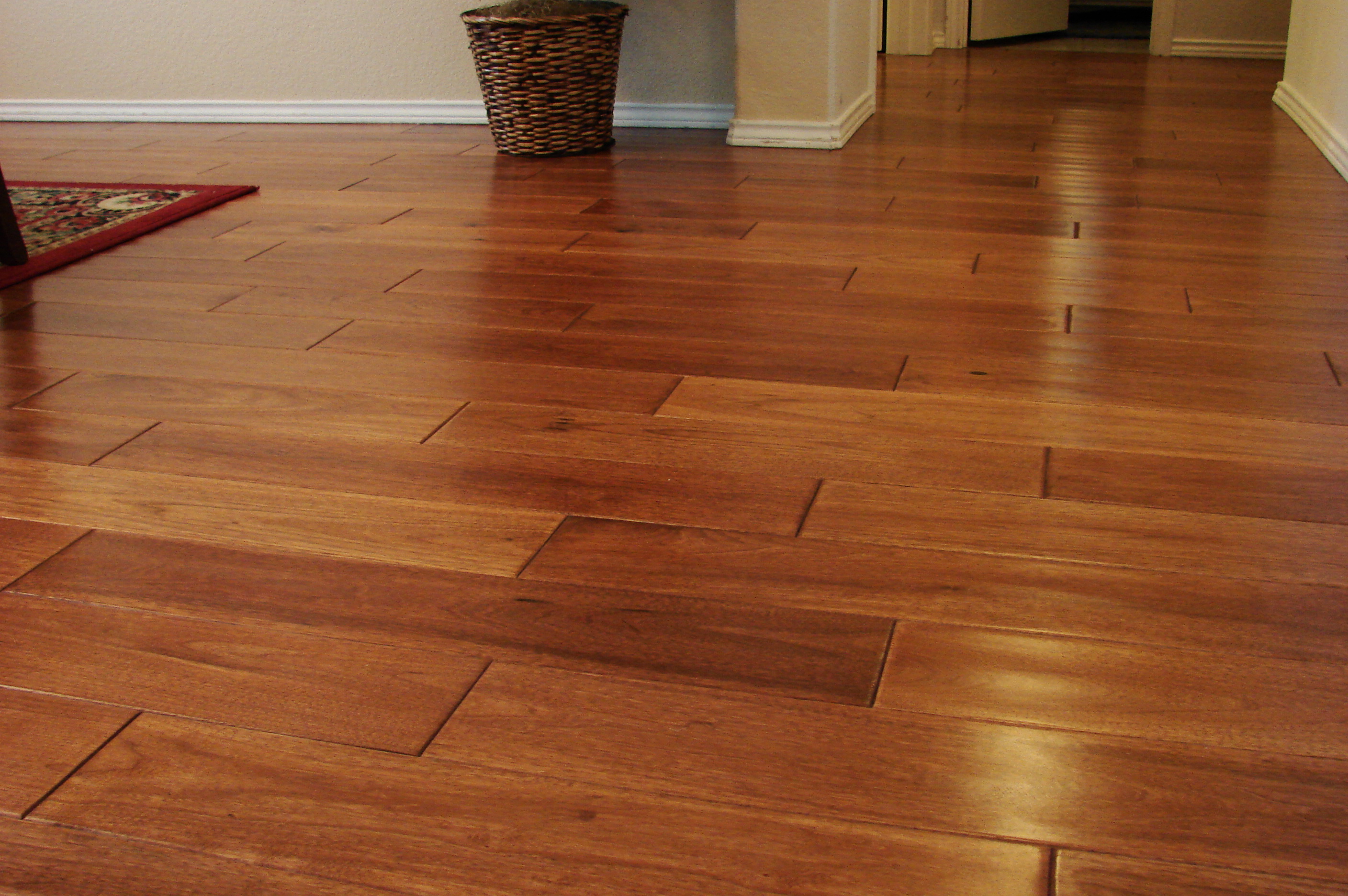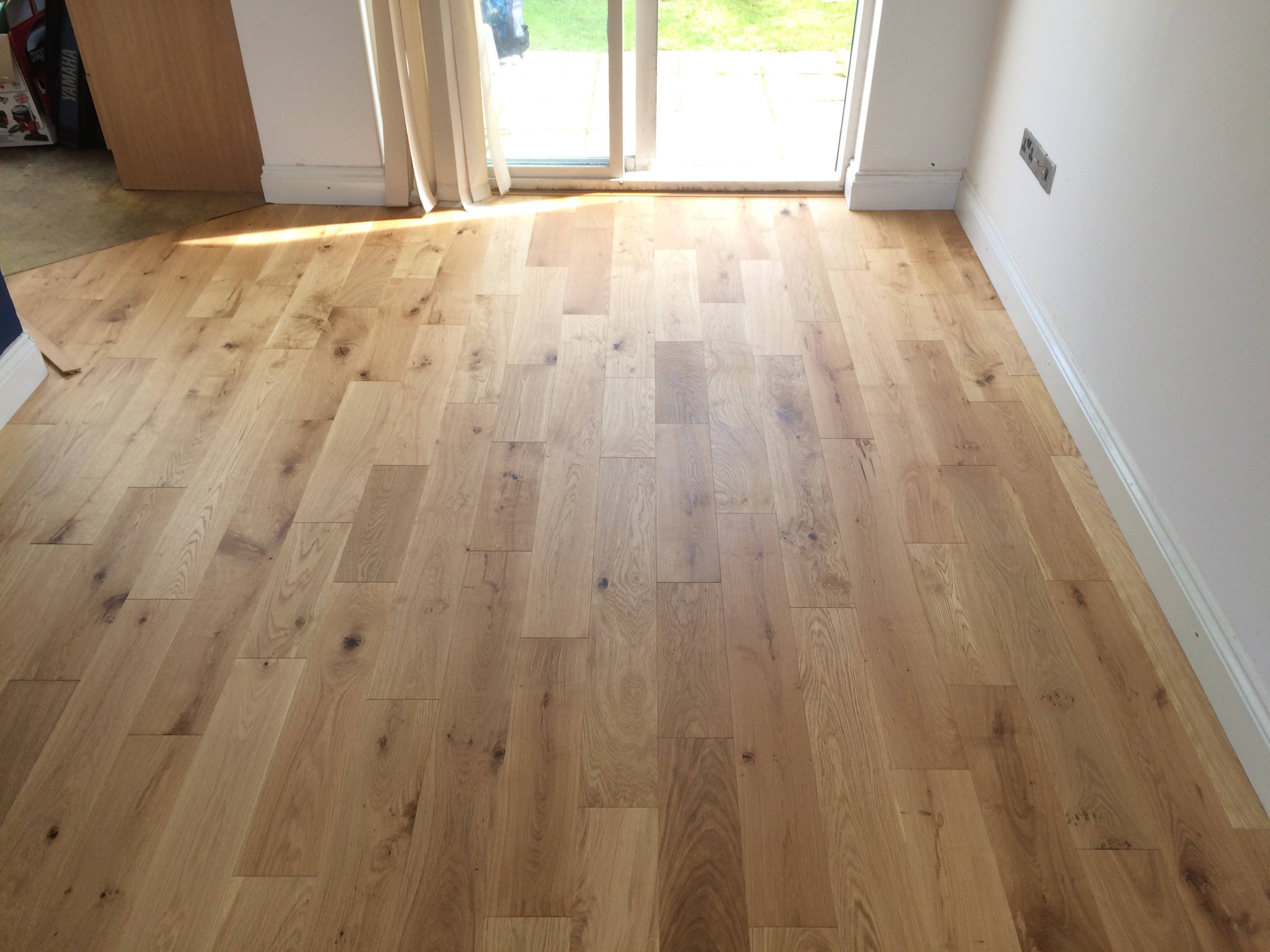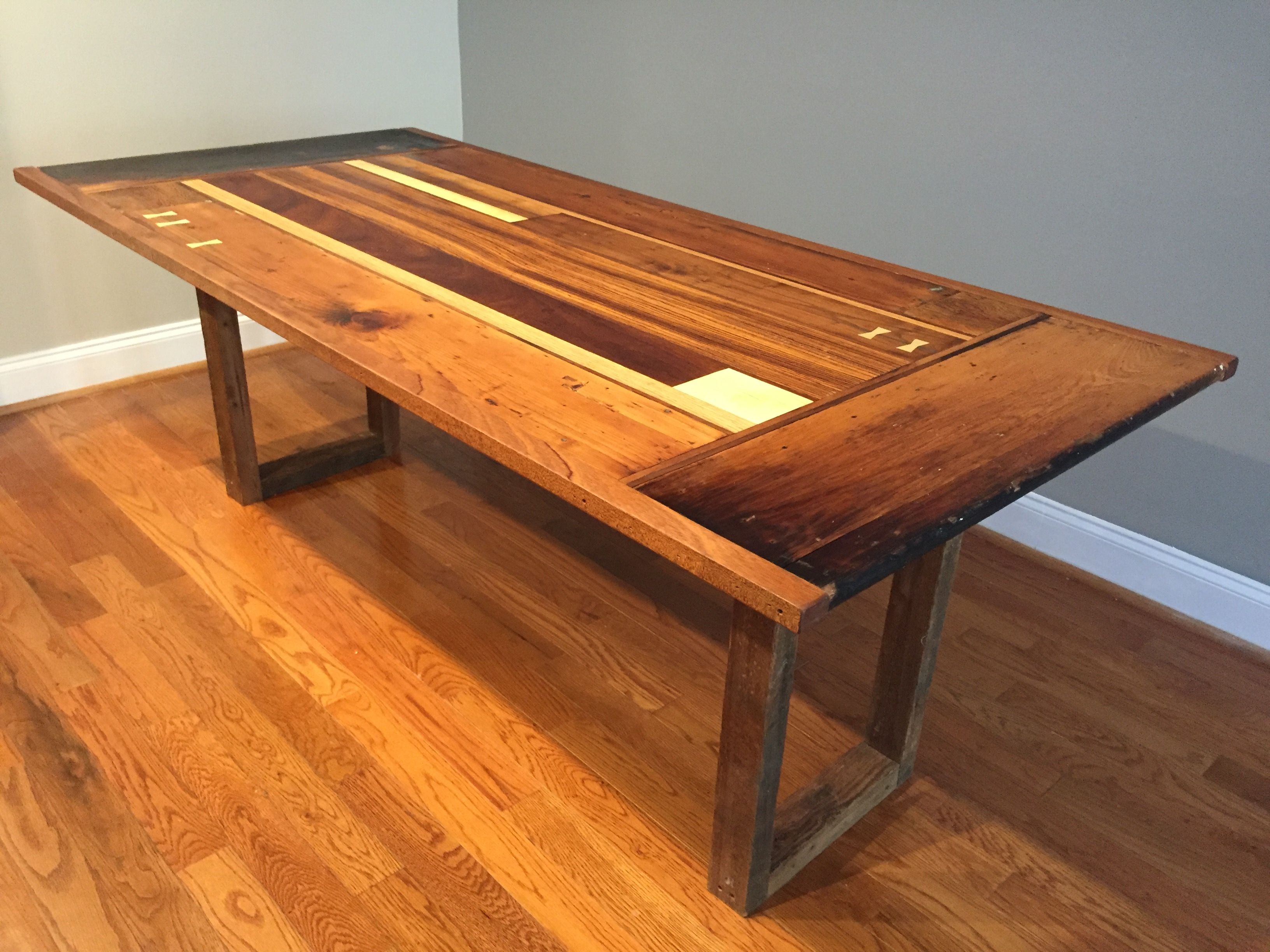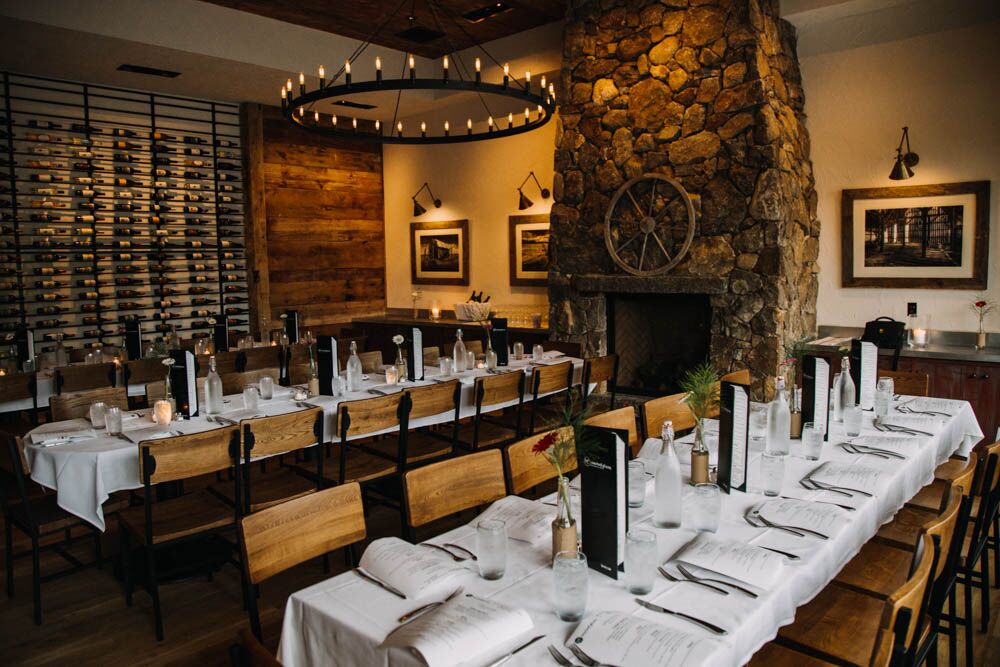The layout of your kitchen is one of the most important elements in its design. It determines the flow and functionality of the space, as well as the overall aesthetic appeal. When designing a kitchen, it's essential to consider the size and shape of the room, as well as the placement of key features such as the sink, stove, and refrigerator. A well-designed layout will make cooking and entertaining in the kitchen a breeze.Layout
In addition to the layout, functionality is another crucial element to consider in kitchen design. A kitchen should be designed to be practical and efficient, with all the necessary tools and appliances easily accessible. This includes having enough counter and storage space, as well as considering the workflow between different areas of the kitchen. A functional kitchen will make your daily tasks easier and more enjoyable.Functionality
Storage is a vital element in any kitchen design. It ensures that your kitchen remains clutter-free and organized, making it easier to find and access items when needed. When designing your kitchen, think about incorporating various storage solutions, such as cabinets, drawers, and pantry space. Utilizing every inch of space efficiently will maximize storage and keep your kitchen looking clean and tidy.Storage
Lighting is a crucial aspect of kitchen design that is often overlooked. The right lighting can make a significant difference in the overall look and feel of your kitchen. It not only adds to the aesthetic appeal but also serves a practical purpose by providing adequate illumination for cooking and meal preparation. Consider incorporating a mix of task, ambient, and accent lighting to create the perfect ambiance in your kitchen.Lighting
The color scheme of your kitchen plays a significant role in its overall design. It sets the tone and creates a cohesive look throughout the space. When choosing a color scheme, consider the style of your home and your personal preferences. Bold and bright colors can add a pop of personality, while neutral tones create a timeless and elegant look. Don't be afraid to mix and match colors to create a unique and visually appealing kitchen design.Color Scheme
The materials used in your kitchen design can make all the difference in its appearance and functionality. From countertops to flooring to backsplash, each material choice should be carefully considered. Some materials, such as granite and quartz, are durable and offer a timeless look, while others, like ceramic tile, come in a variety of colors and patterns. Choose materials that not only look great but are also practical for your lifestyle.Materials
No kitchen is complete without appliances, and they are a crucial element to consider in kitchen design. From refrigerators to ovens to dishwashers, your appliance choices can affect the overall layout and functionality of your kitchen. When selecting appliances, think about your cooking habits and needs, as well as the size and style that will best fit your design aesthetic.Appliances
Countertops are not only functional but also a key design element in your kitchen. They provide a workspace for meal preparation and can add to the overall aesthetic appeal. When choosing countertops, consider the material, color, and pattern that will best complement your kitchen design. Popular options include granite, marble, and quartz, but there are also more affordable options such as laminate and solid surface.Countertops
A backsplash serves both a functional and decorative purpose in a kitchen. It protects the walls from water and food splatters, while also adding a unique design element. When selecting a backsplash, consider the material, color, and pattern that will best complement your overall kitchen design. Subway tile, mosaic tile, and glass tile are all popular choices for backsplashes.Backsplash
Last but certainly not least, flooring is an essential element in kitchen design. It not only ties the room together but also needs to be durable and easy to clean. There are many flooring options to choose from, such as hardwood, tile, and vinyl. Each has its own benefits and drawbacks, so it's essential to consider your lifestyle and needs when making a decision.Flooring
The Importance of Proper Lighting in Kitchen Design
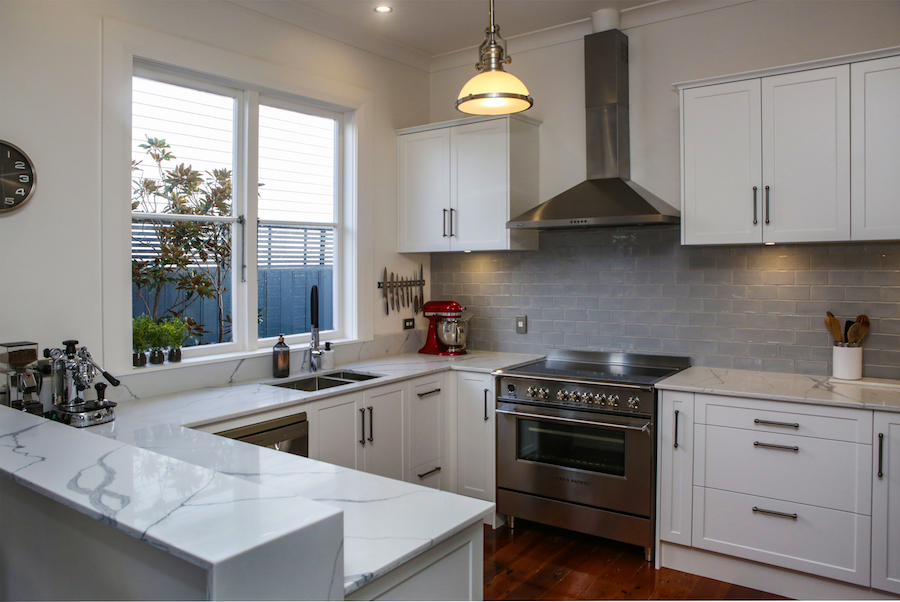
Bringing Light into Your Kitchen Space
 When it comes to designing a kitchen, many people focus on the layout, color scheme, and appliances. While these are all important aspects, one element that is often overlooked is lighting. Proper lighting is crucial in creating a functional and inviting kitchen space.
Natural lighting
is an important element to consider in kitchen design. Not only does it save on energy costs, but it also adds a bright and airy feel to the space.
Large windows
or
skylights
can bring in natural light and make the kitchen feel more spacious.
Light-colored walls and cabinets
can help reflect this natural light, making the space feel even brighter.
When it comes to designing a kitchen, many people focus on the layout, color scheme, and appliances. While these are all important aspects, one element that is often overlooked is lighting. Proper lighting is crucial in creating a functional and inviting kitchen space.
Natural lighting
is an important element to consider in kitchen design. Not only does it save on energy costs, but it also adds a bright and airy feel to the space.
Large windows
or
skylights
can bring in natural light and make the kitchen feel more spacious.
Light-colored walls and cabinets
can help reflect this natural light, making the space feel even brighter.
Task Lighting for Functionality
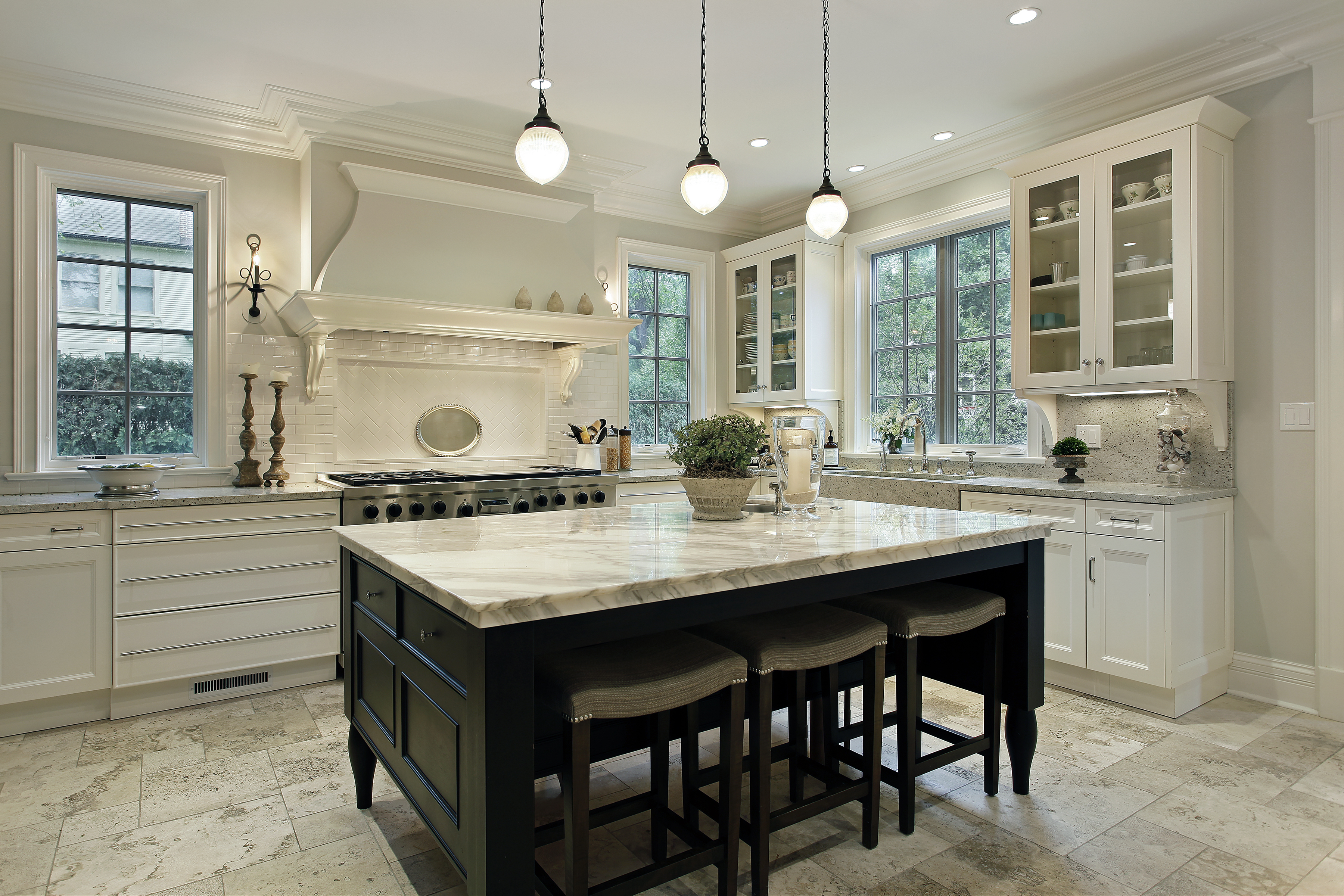 In addition to natural lighting, it is important to have
task lighting
in the kitchen. This type of lighting is focused on specific areas where tasks are performed, such as the
countertops
and
stove
.
Under-cabinet lighting
is a popular option for providing task lighting, as it illuminates the work surfaces without creating glare.
Another important aspect of task lighting is
task-specific fixtures
. For example, having a
pendant light
over the kitchen
island
can provide focused light for cooking and food preparation.
Adjustable track lighting
can also be installed to provide task lighting that can be directed to different areas of the kitchen as needed.
In addition to natural lighting, it is important to have
task lighting
in the kitchen. This type of lighting is focused on specific areas where tasks are performed, such as the
countertops
and
stove
.
Under-cabinet lighting
is a popular option for providing task lighting, as it illuminates the work surfaces without creating glare.
Another important aspect of task lighting is
task-specific fixtures
. For example, having a
pendant light
over the kitchen
island
can provide focused light for cooking and food preparation.
Adjustable track lighting
can also be installed to provide task lighting that can be directed to different areas of the kitchen as needed.
Ambient Lighting for Atmosphere
 While natural and task lighting are important for functionality,
ambient lighting
is essential for creating a warm and inviting atmosphere in the kitchen. This type of lighting can include
ceiling fixtures
such as
chandeliers
or
recessed lighting
, which provide a soft and diffused light throughout the space.
Another popular option for ambient lighting is
under-cabinet LED strips
. These can be used to add a subtle glow to the kitchen, creating a cozy and inviting atmosphere.
Dimmer switches
are also a great addition to ambient lighting, as they allow you to adjust the brightness of the lights and create the desired mood in the space.
While natural and task lighting are important for functionality,
ambient lighting
is essential for creating a warm and inviting atmosphere in the kitchen. This type of lighting can include
ceiling fixtures
such as
chandeliers
or
recessed lighting
, which provide a soft and diffused light throughout the space.
Another popular option for ambient lighting is
under-cabinet LED strips
. These can be used to add a subtle glow to the kitchen, creating a cozy and inviting atmosphere.
Dimmer switches
are also a great addition to ambient lighting, as they allow you to adjust the brightness of the lights and create the desired mood in the space.
The Right Lighting for Your Kitchen
 When it comes to kitchen design, proper lighting is crucial for both functionality and atmosphere. By incorporating natural lighting, task lighting, and ambient lighting, you can create a well-lit and inviting kitchen space. So, when planning your kitchen design, don't forget to give proper attention to lighting to ensure a beautiful and functional space for cooking and entertaining.
When it comes to kitchen design, proper lighting is crucial for both functionality and atmosphere. By incorporating natural lighting, task lighting, and ambient lighting, you can create a well-lit and inviting kitchen space. So, when planning your kitchen design, don't forget to give proper attention to lighting to ensure a beautiful and functional space for cooking and entertaining.




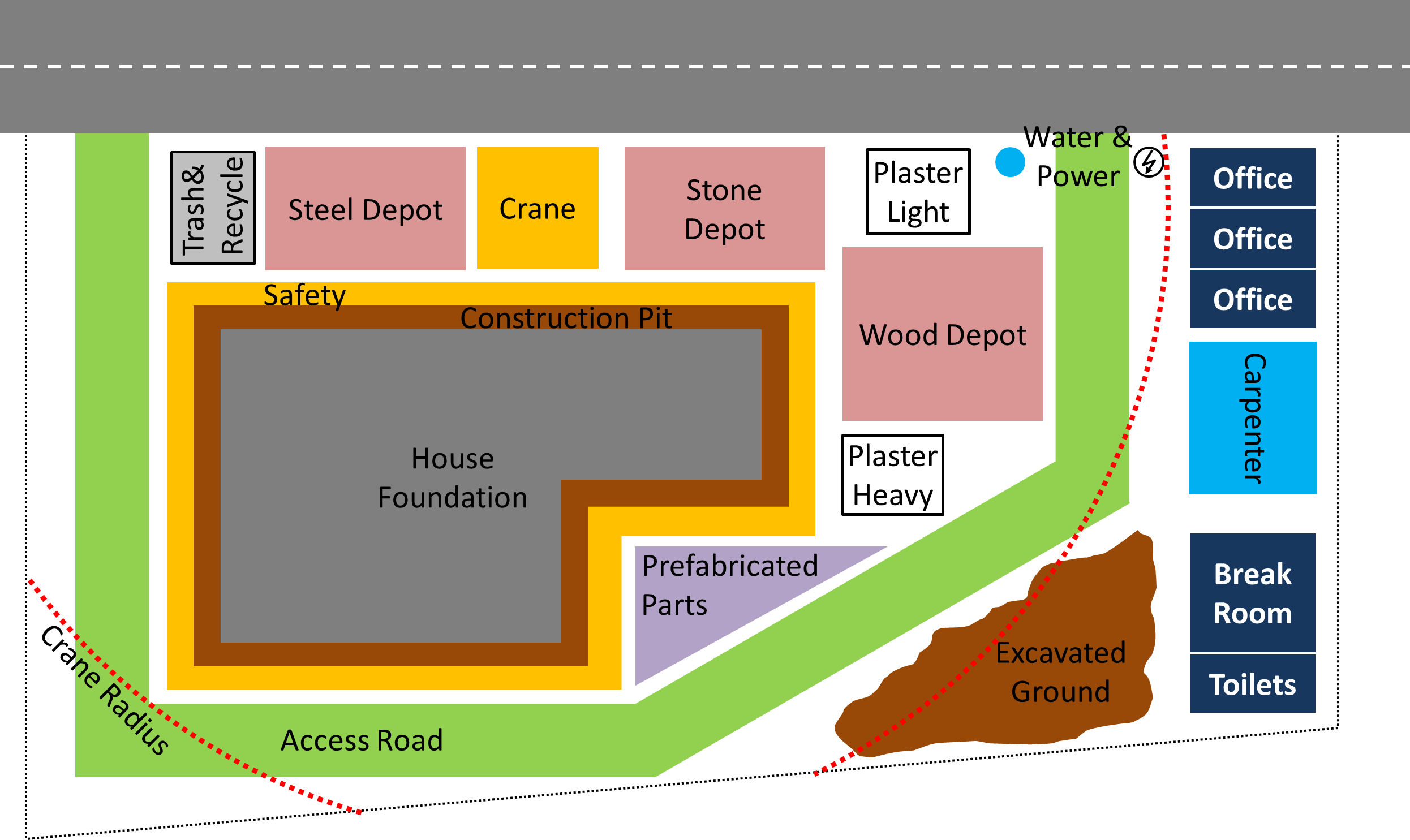

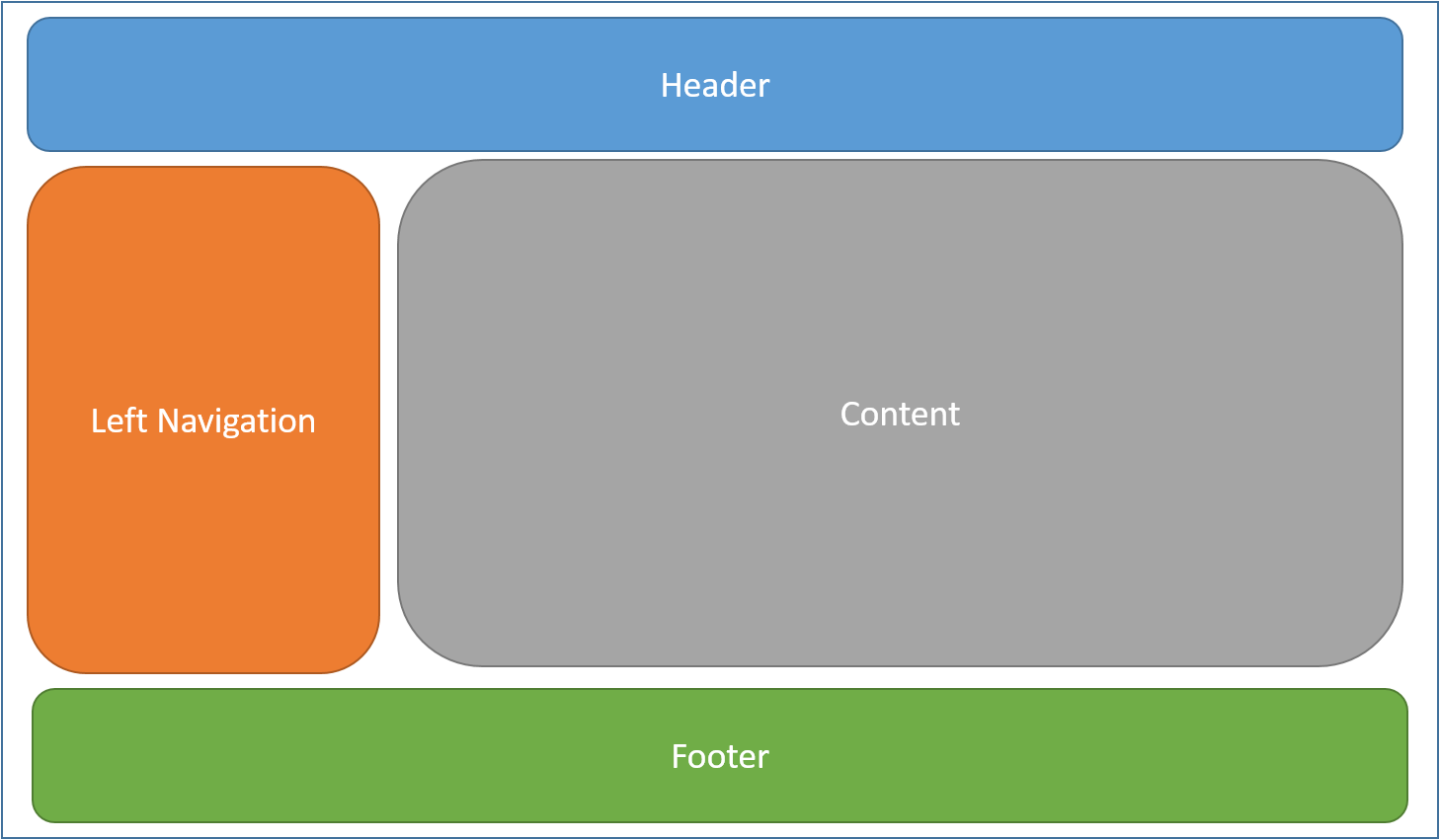
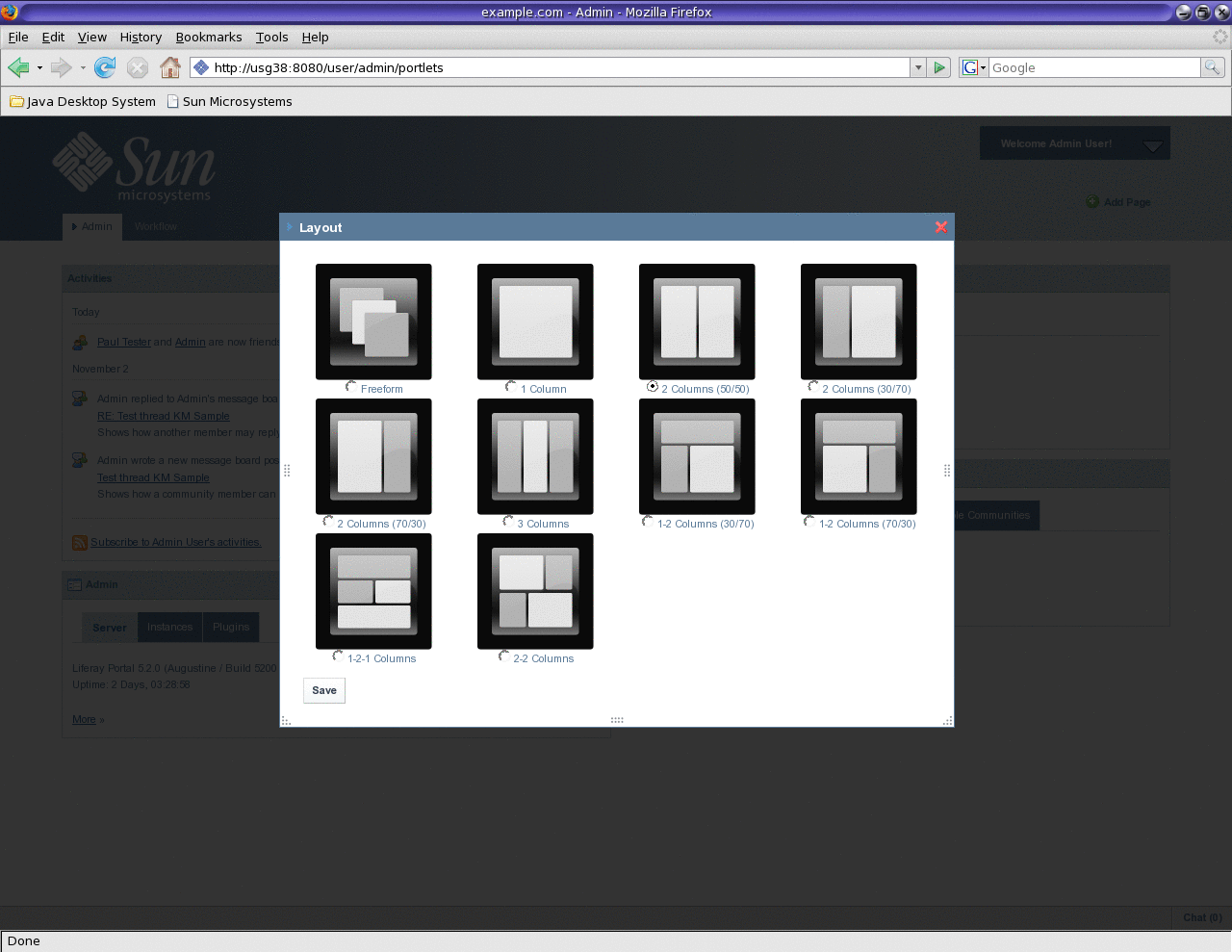
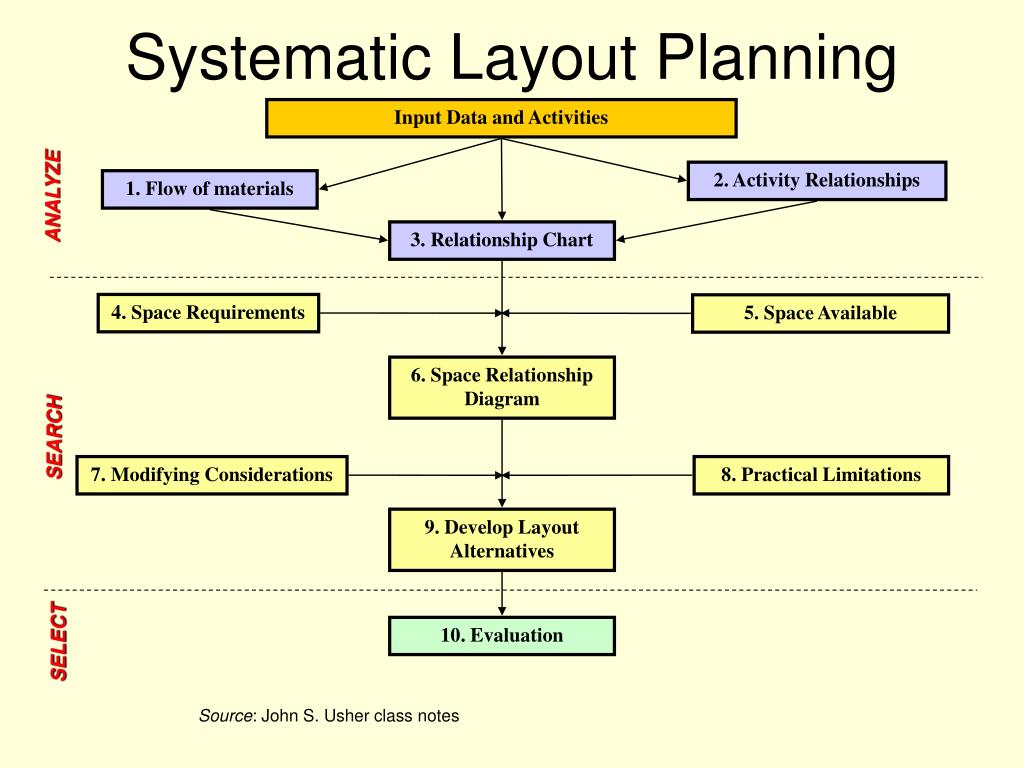

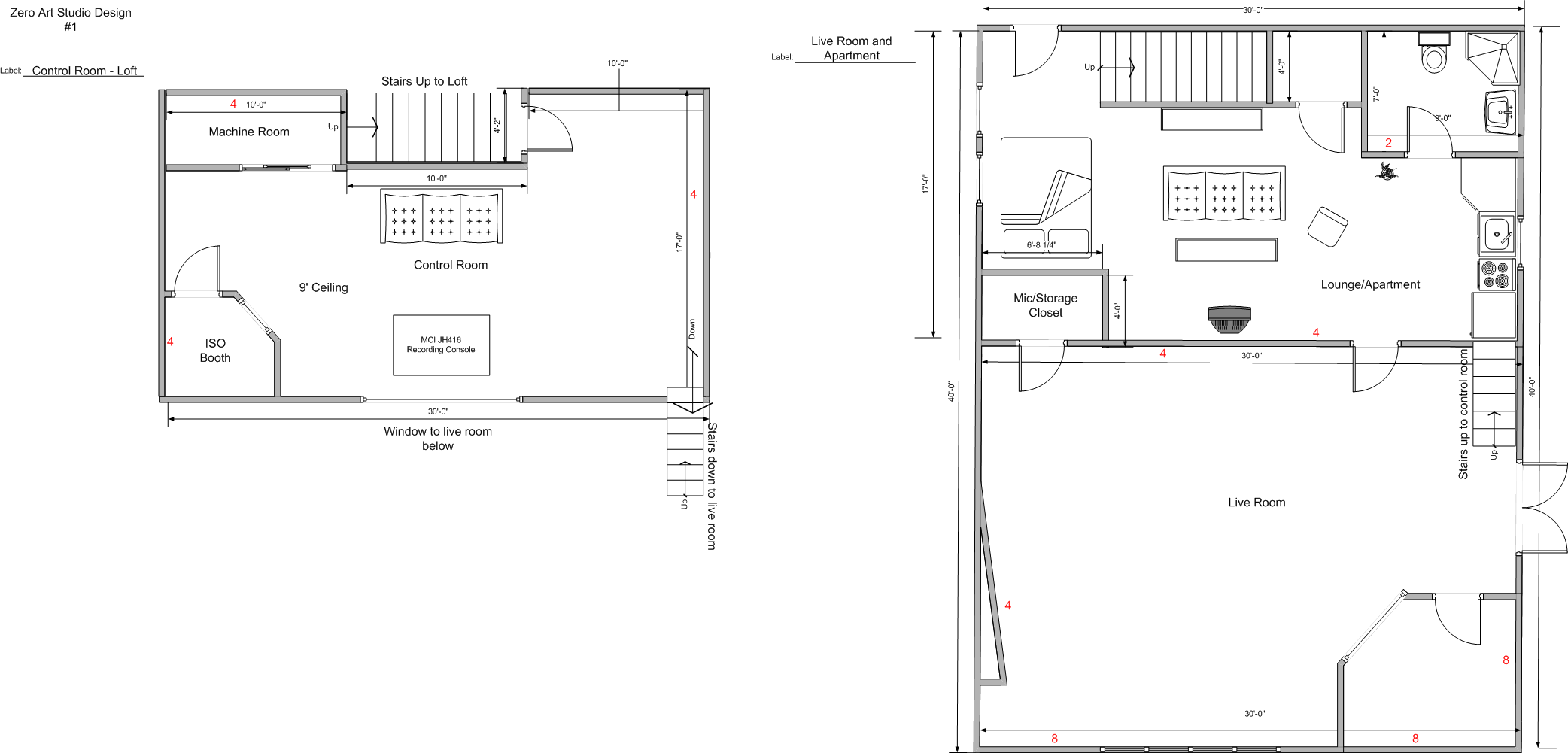
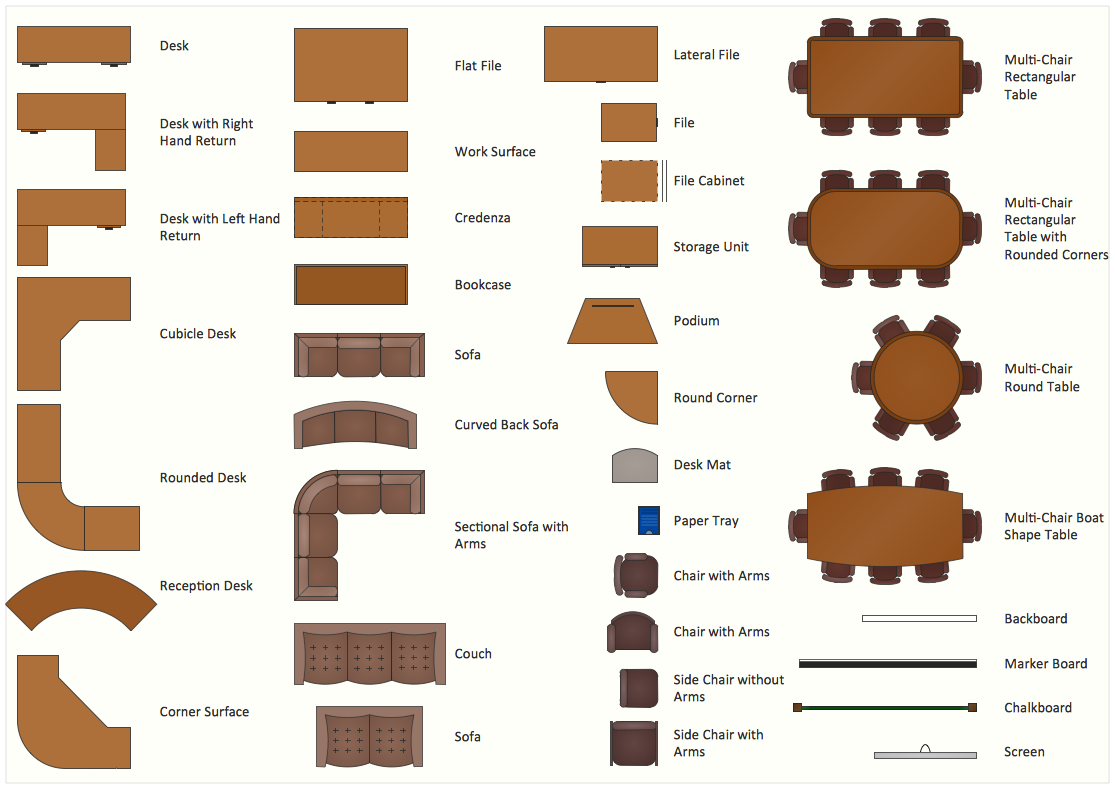


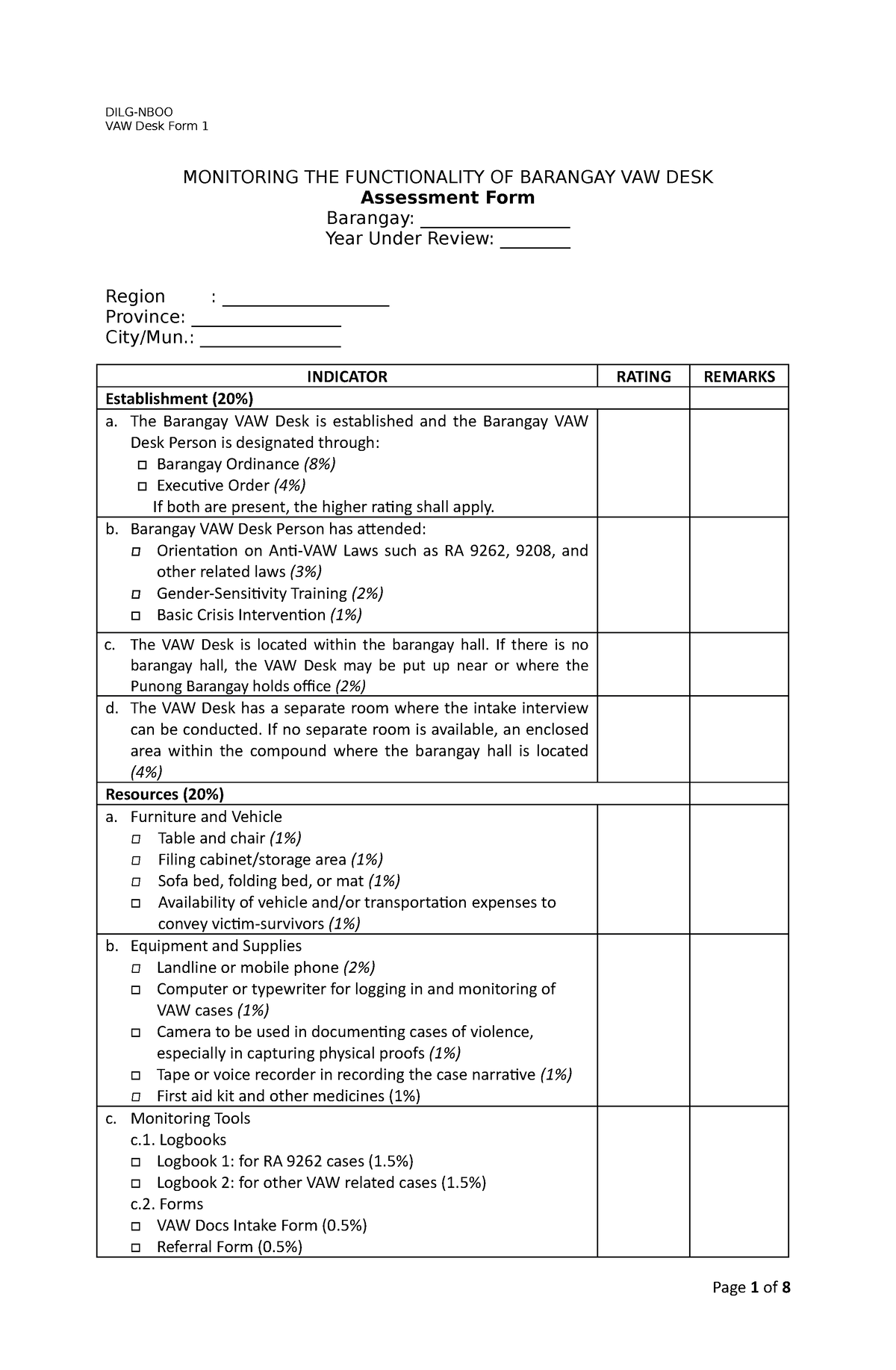



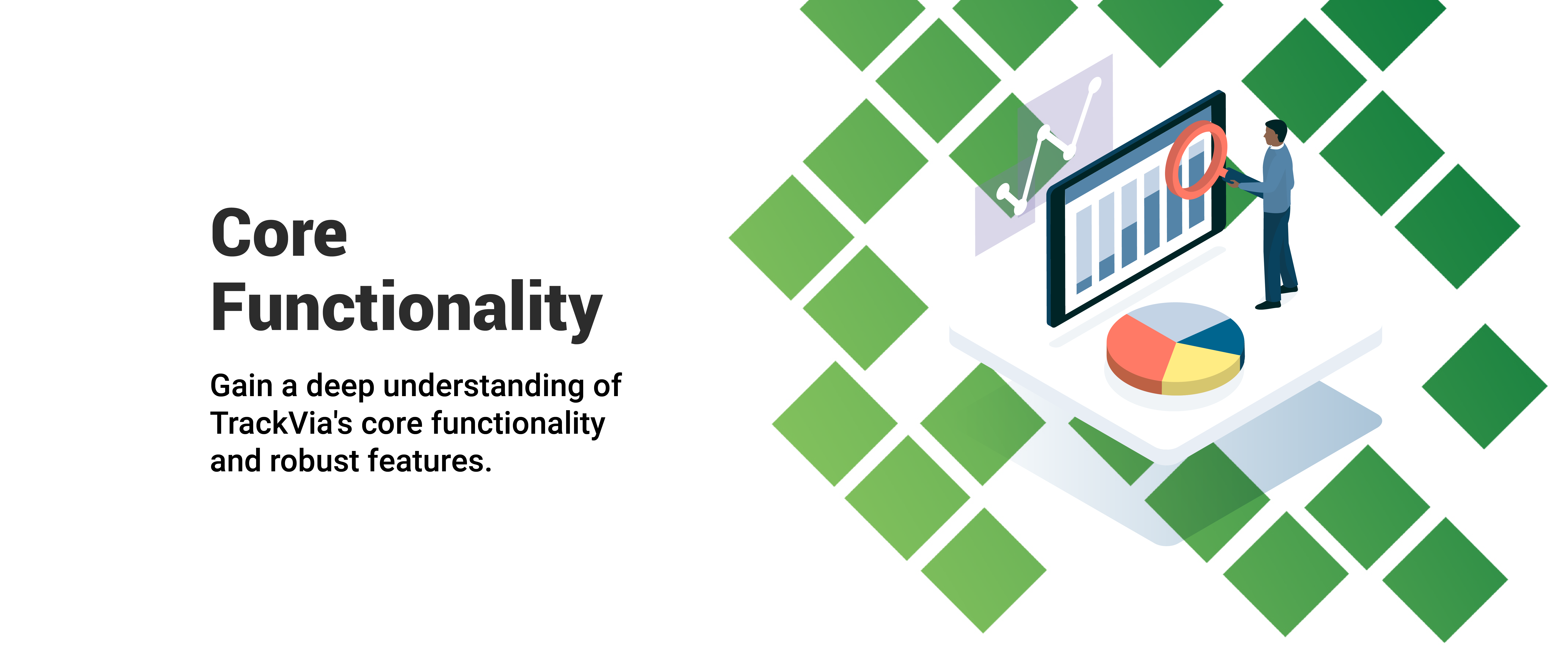
/182786404-56a9f6725f9b58b7d00038e0.jpg)


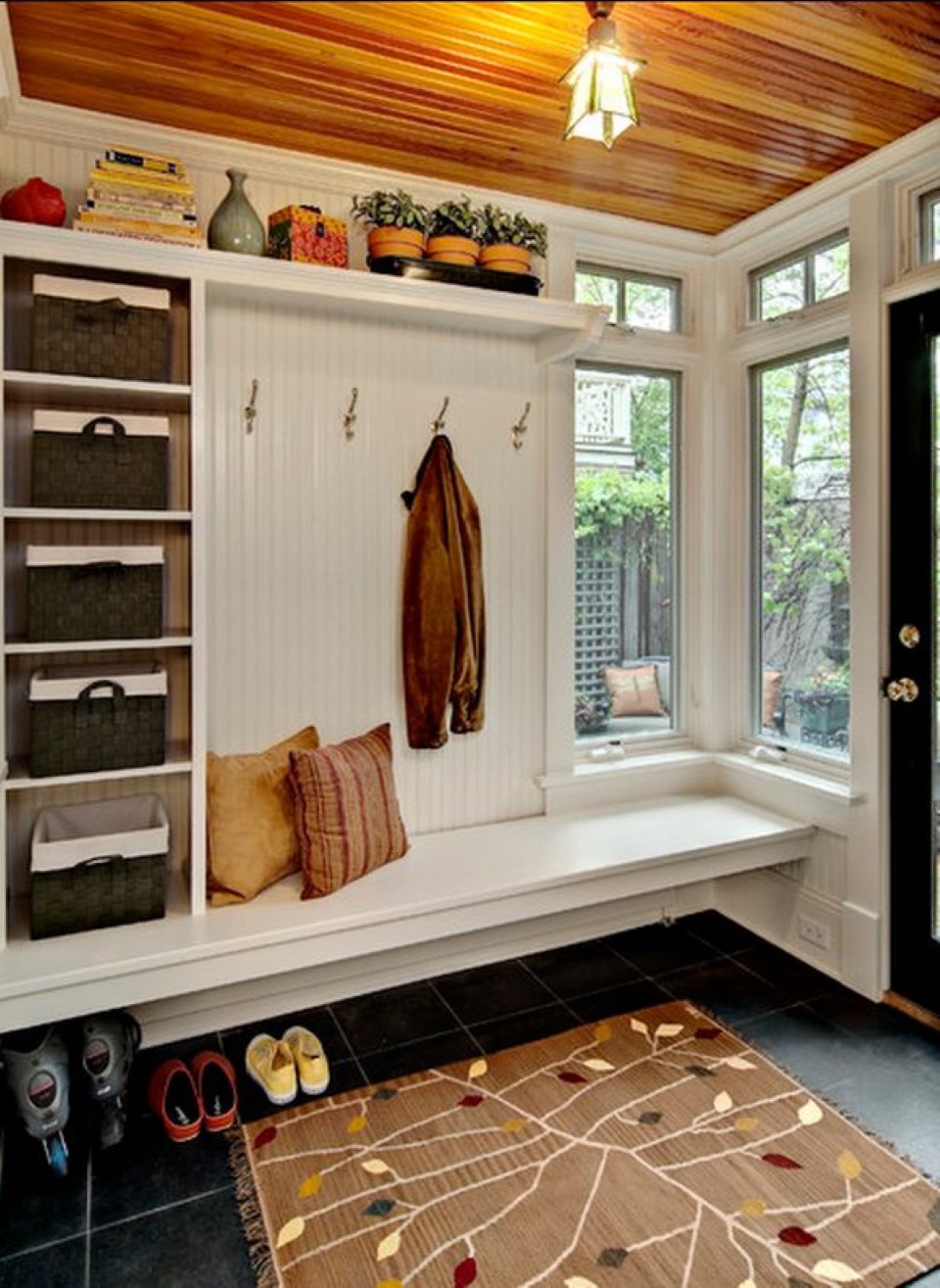


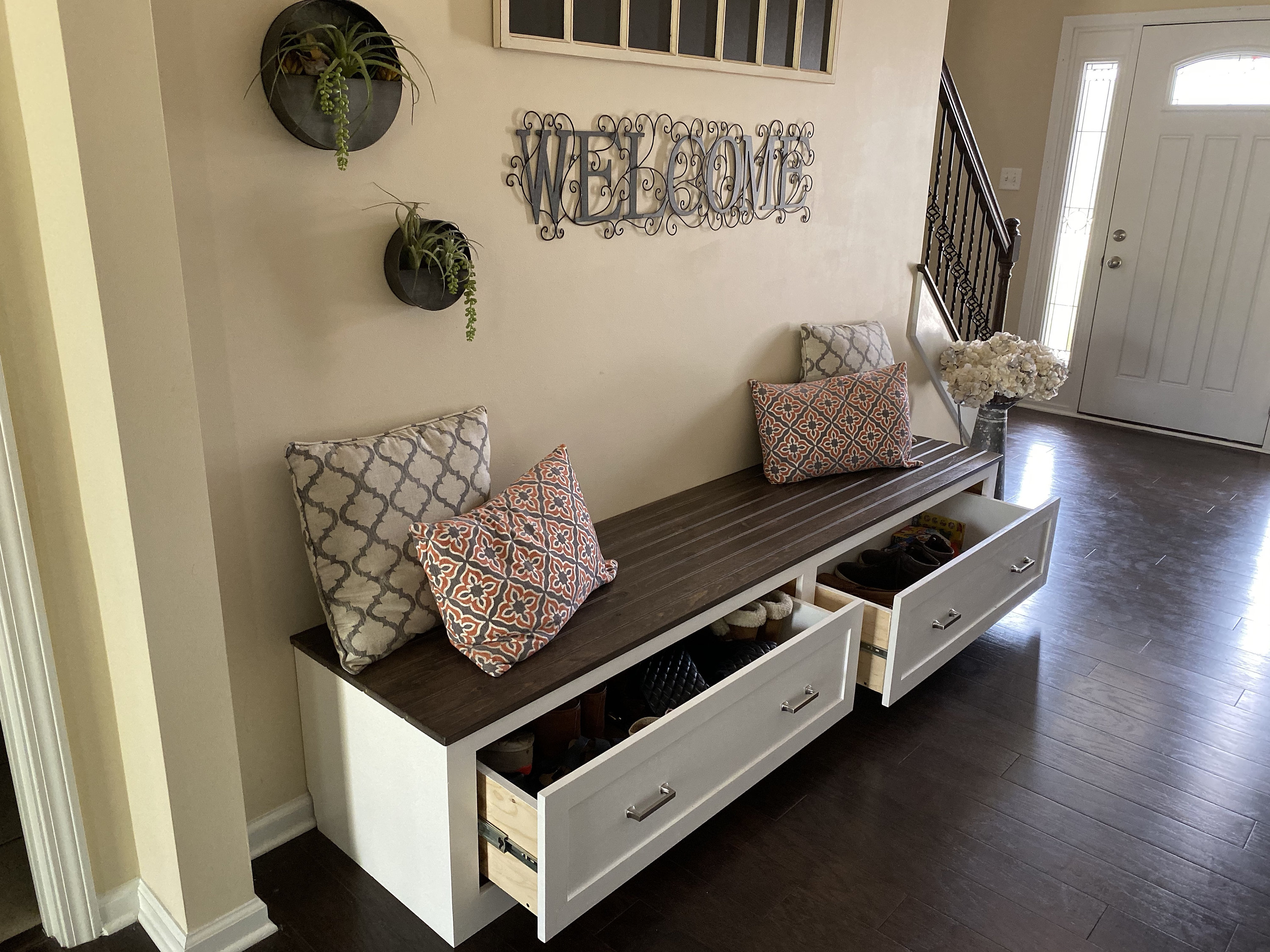




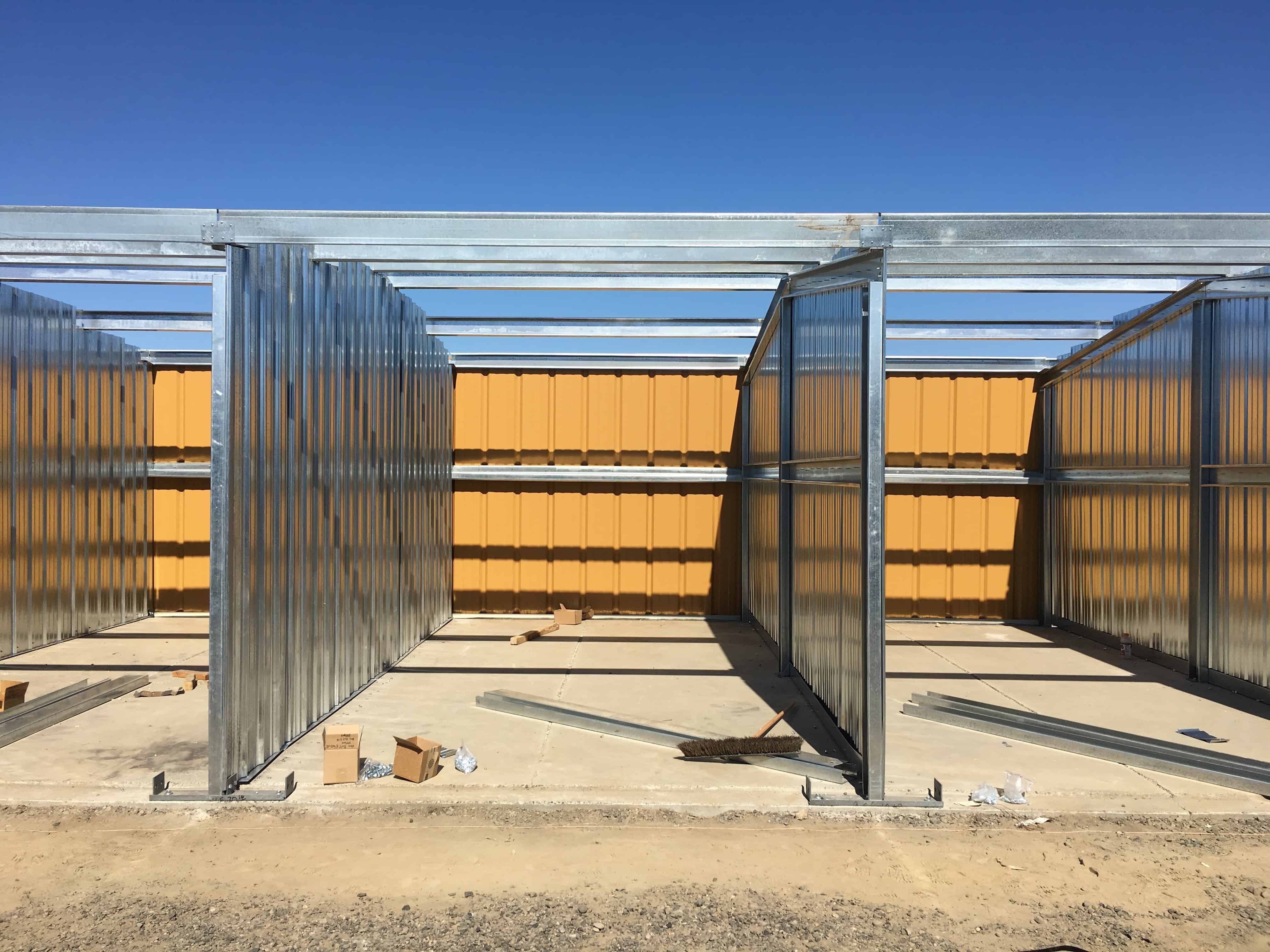

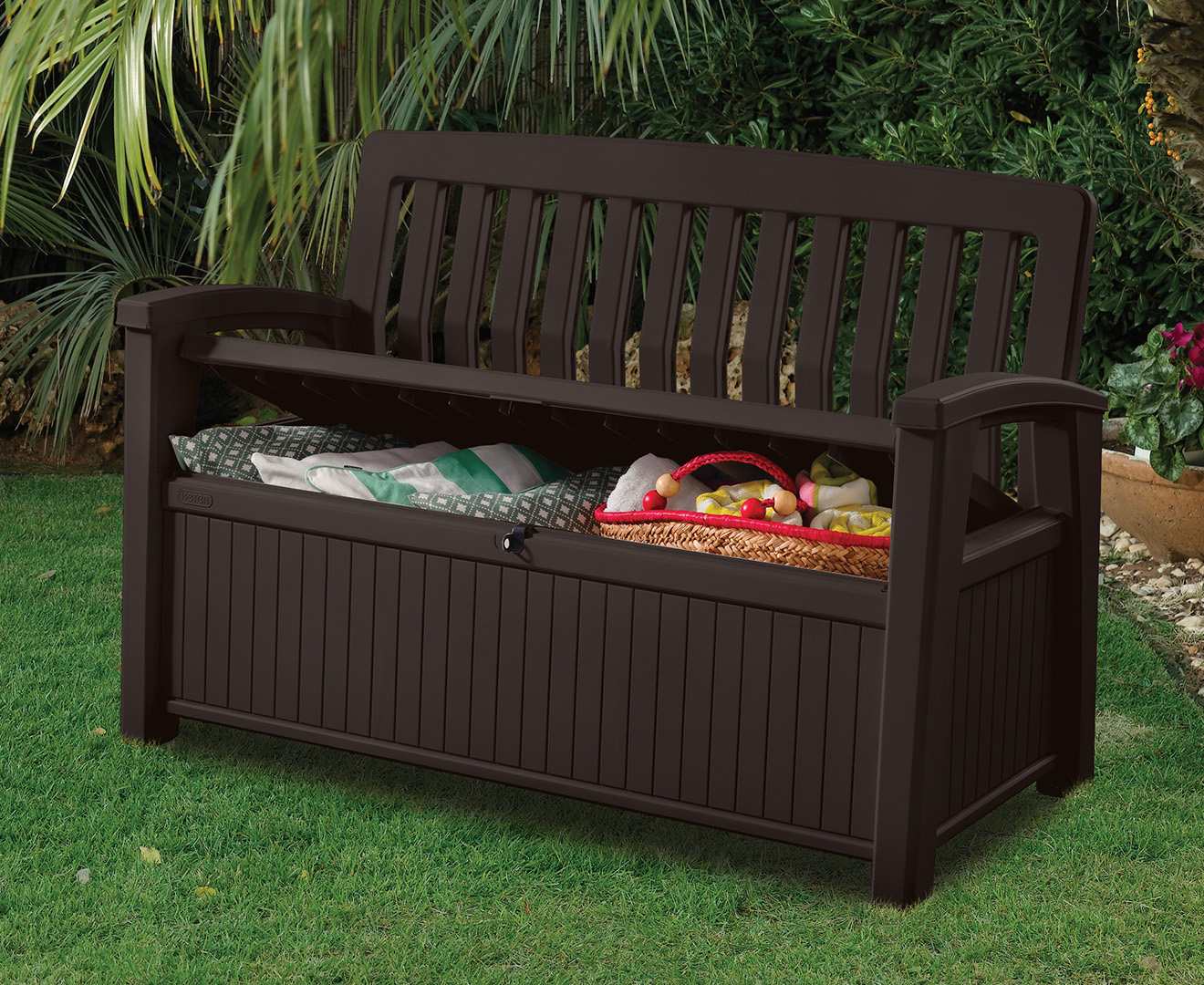


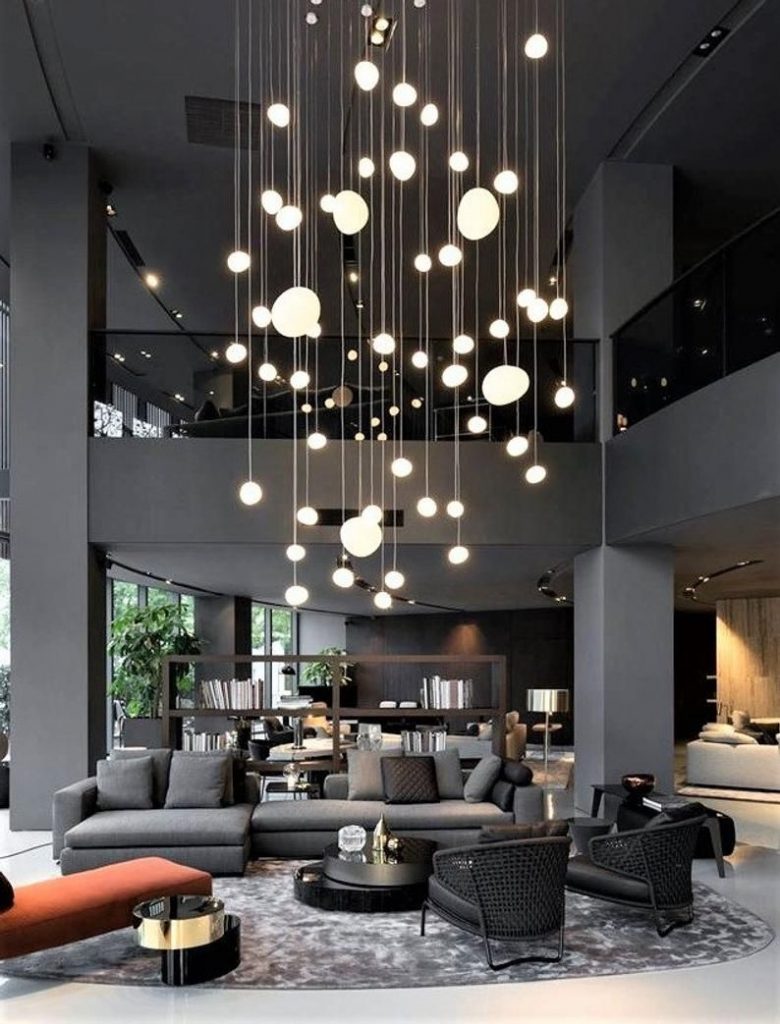



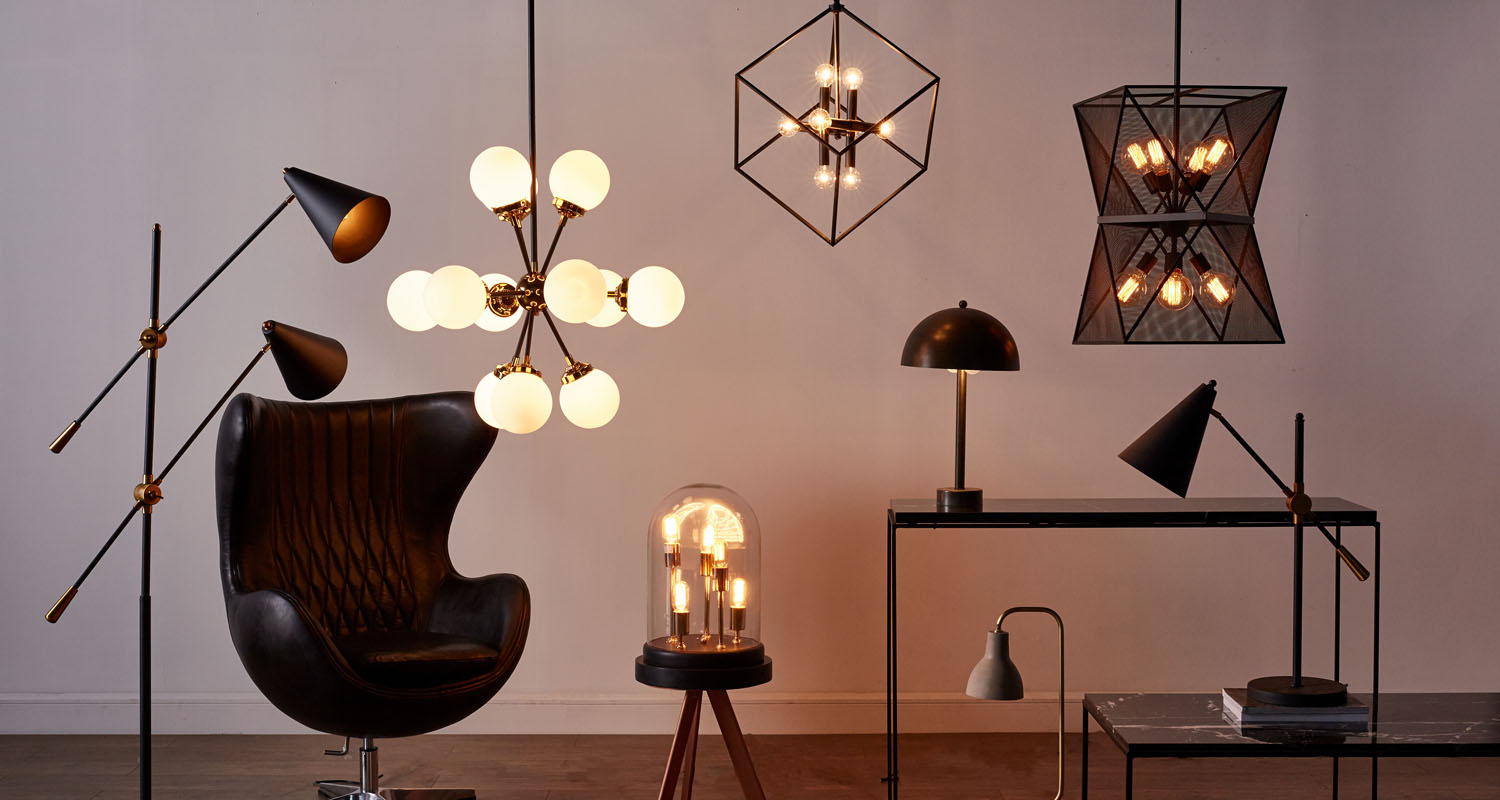
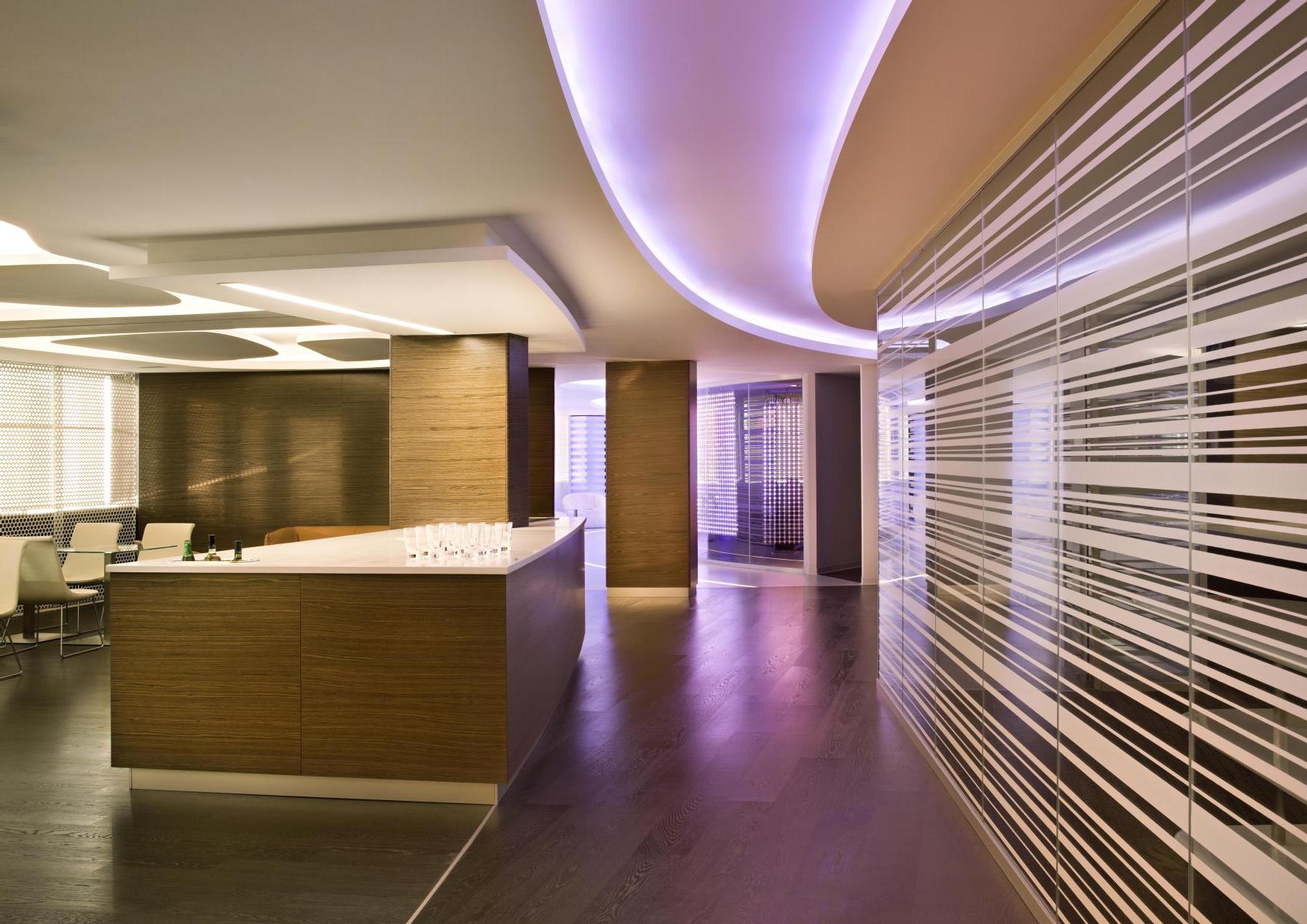
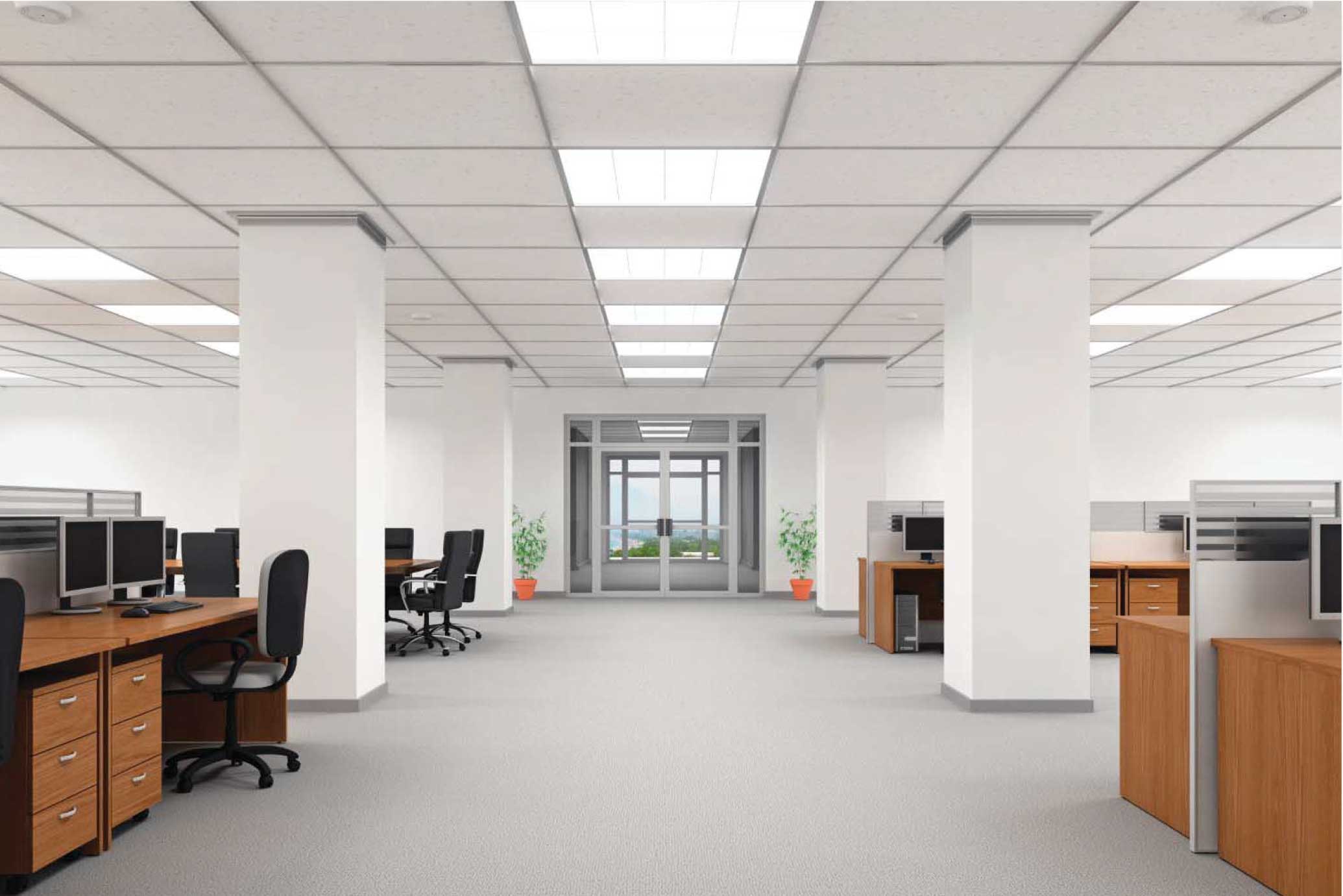
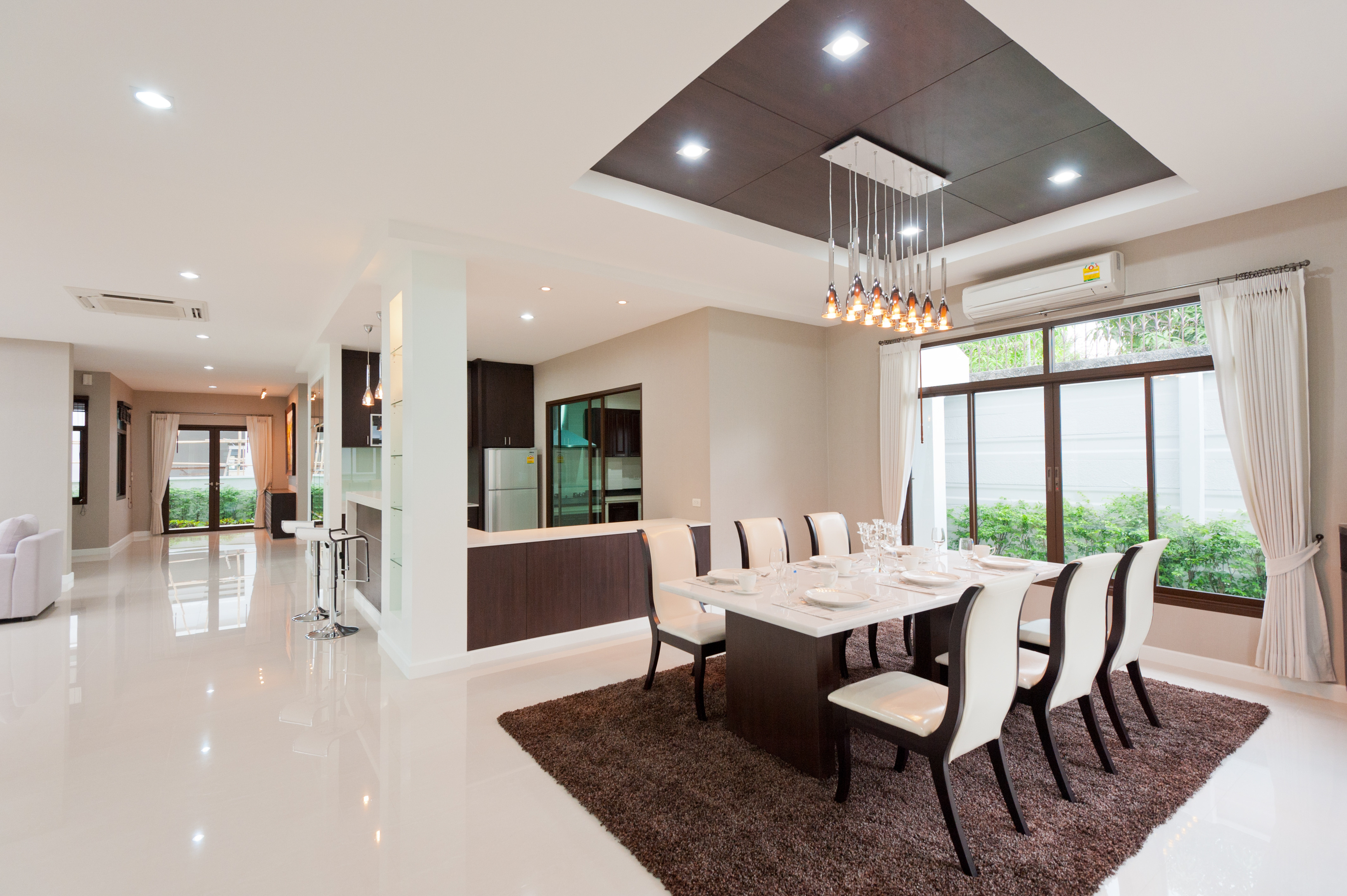
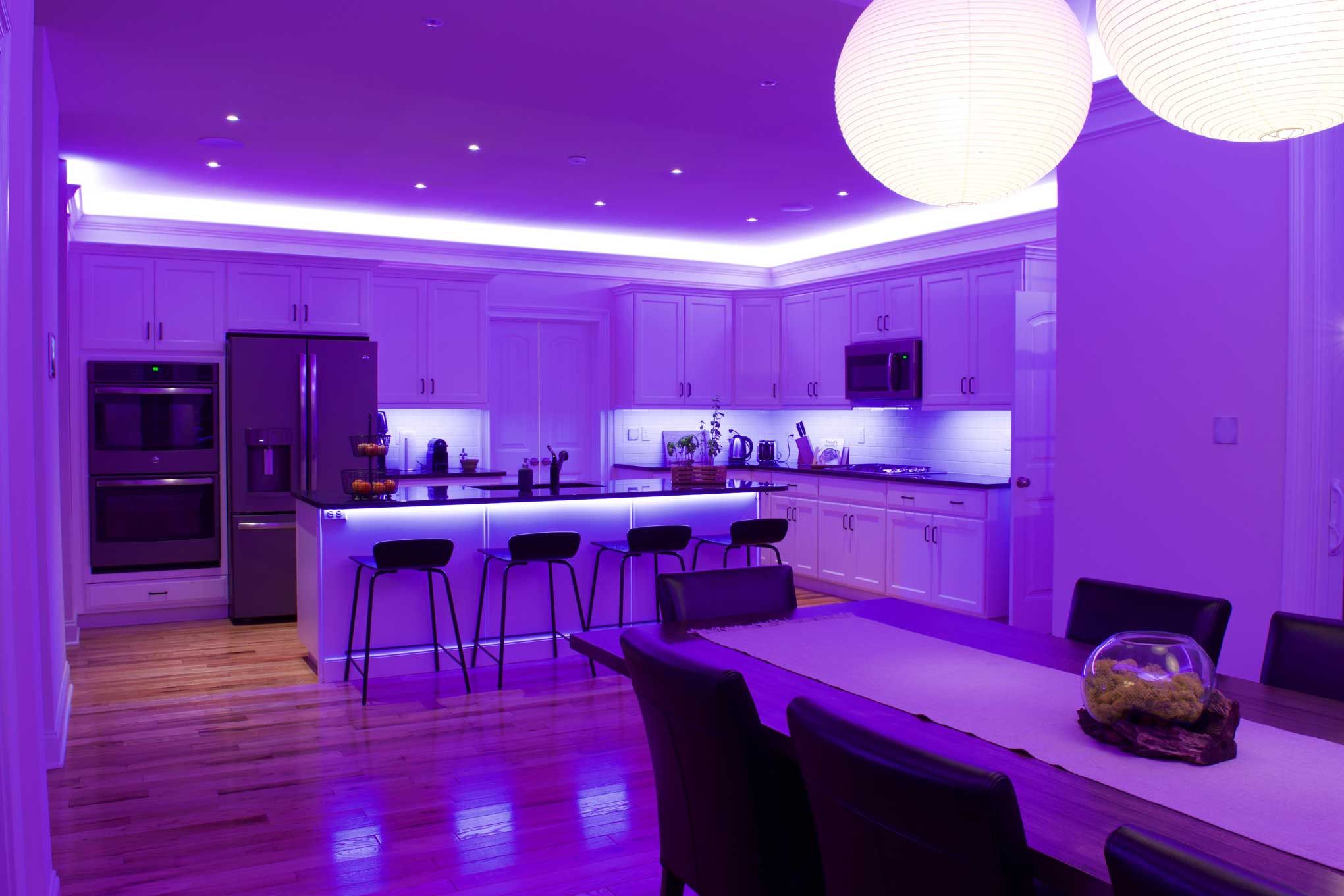
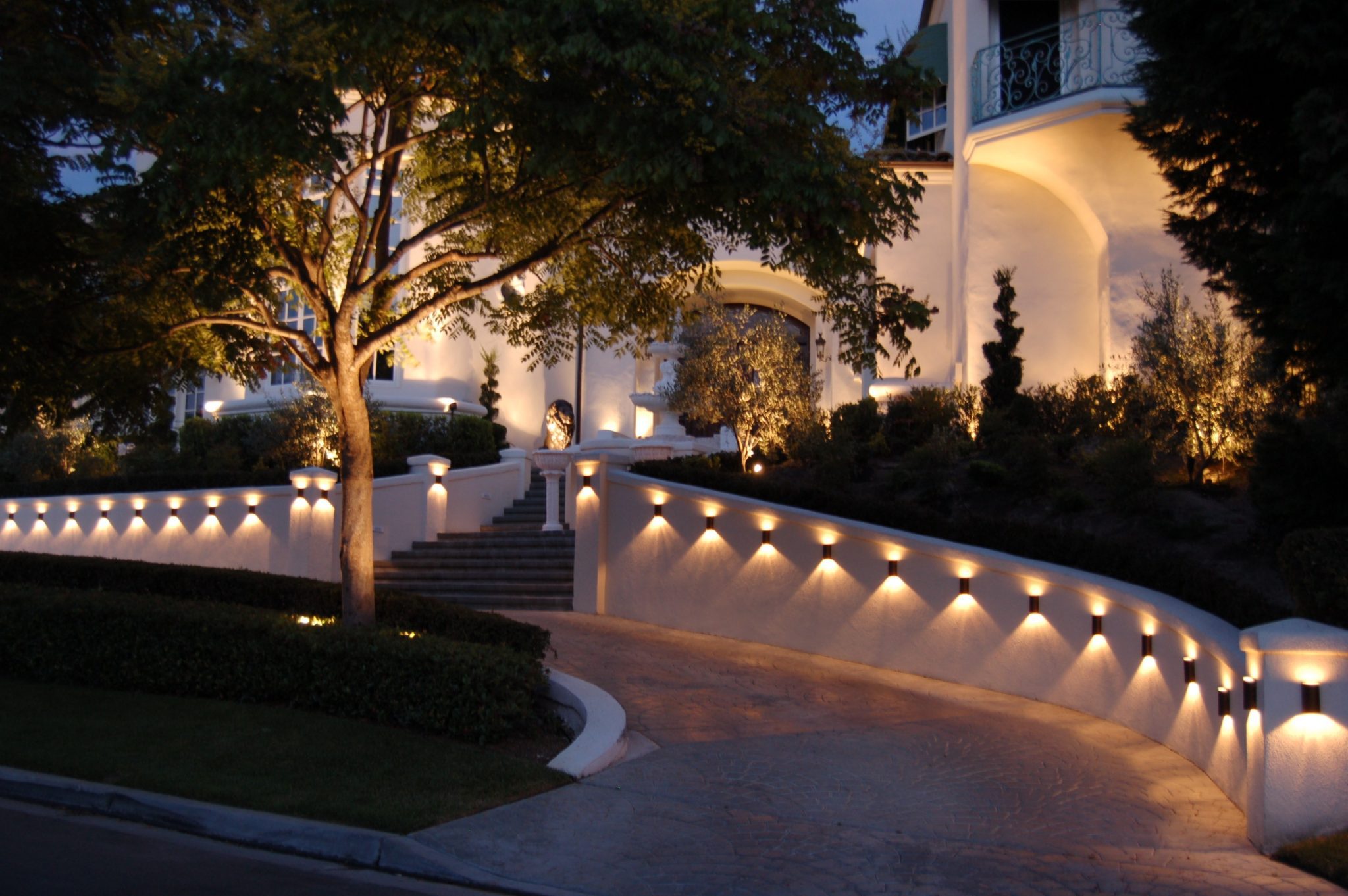

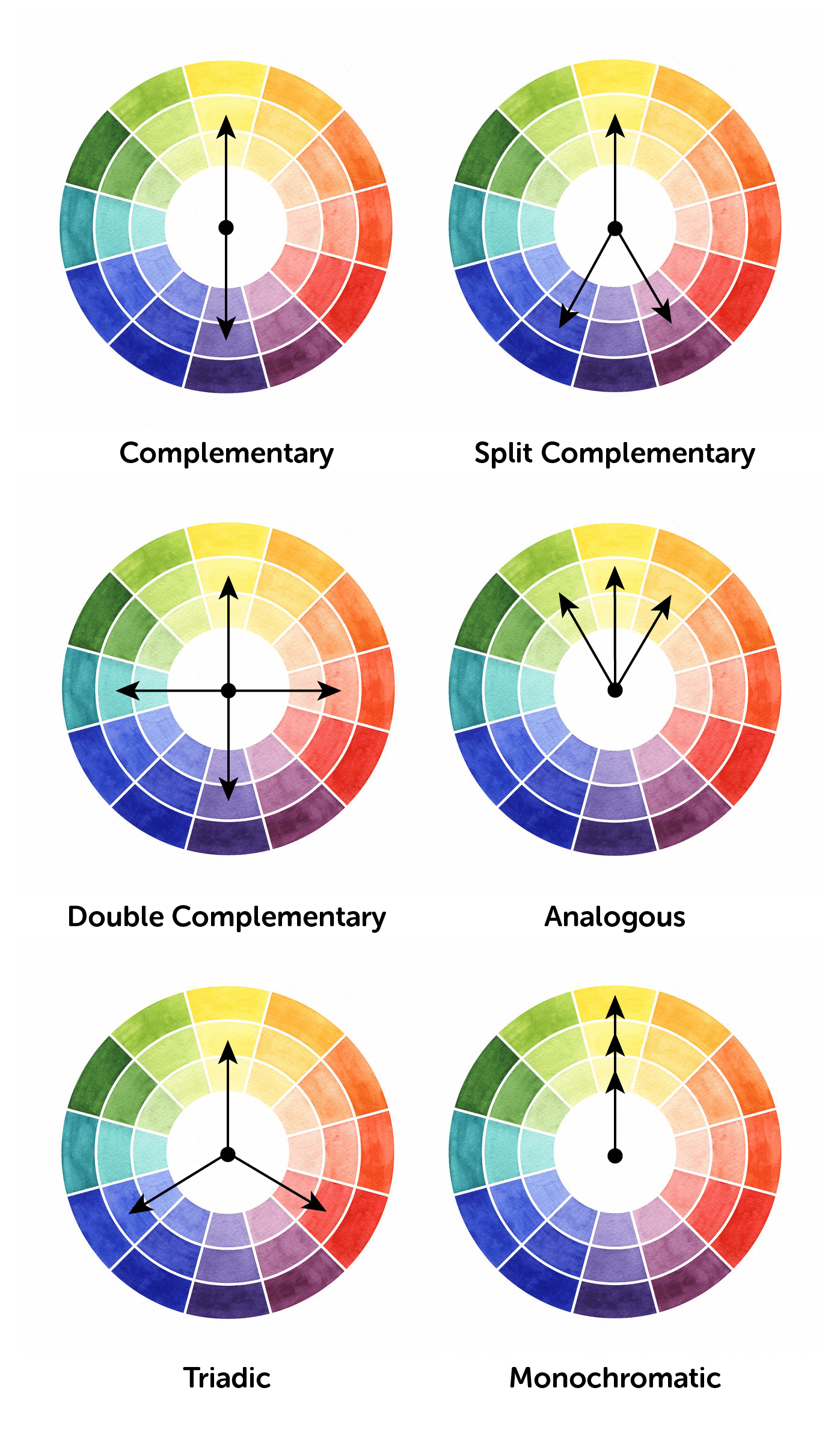

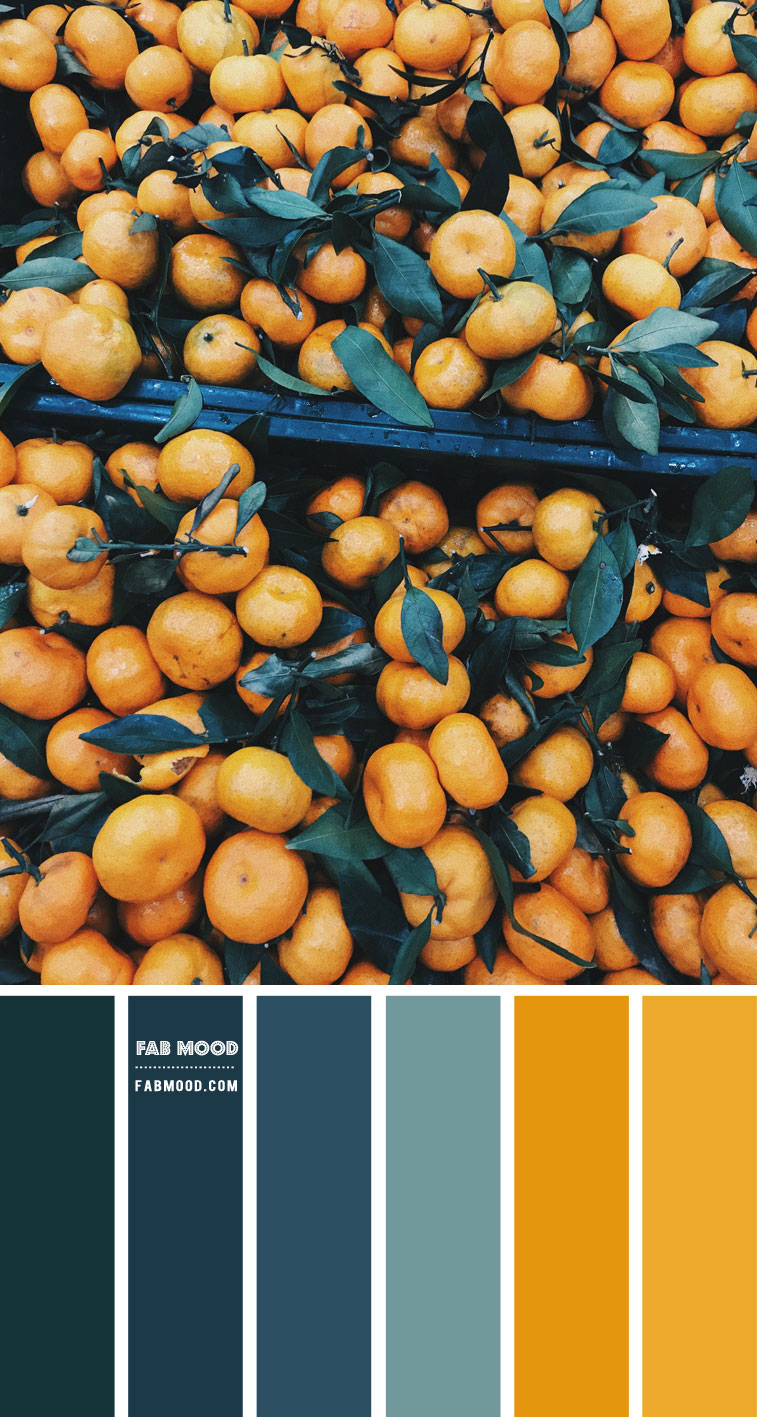
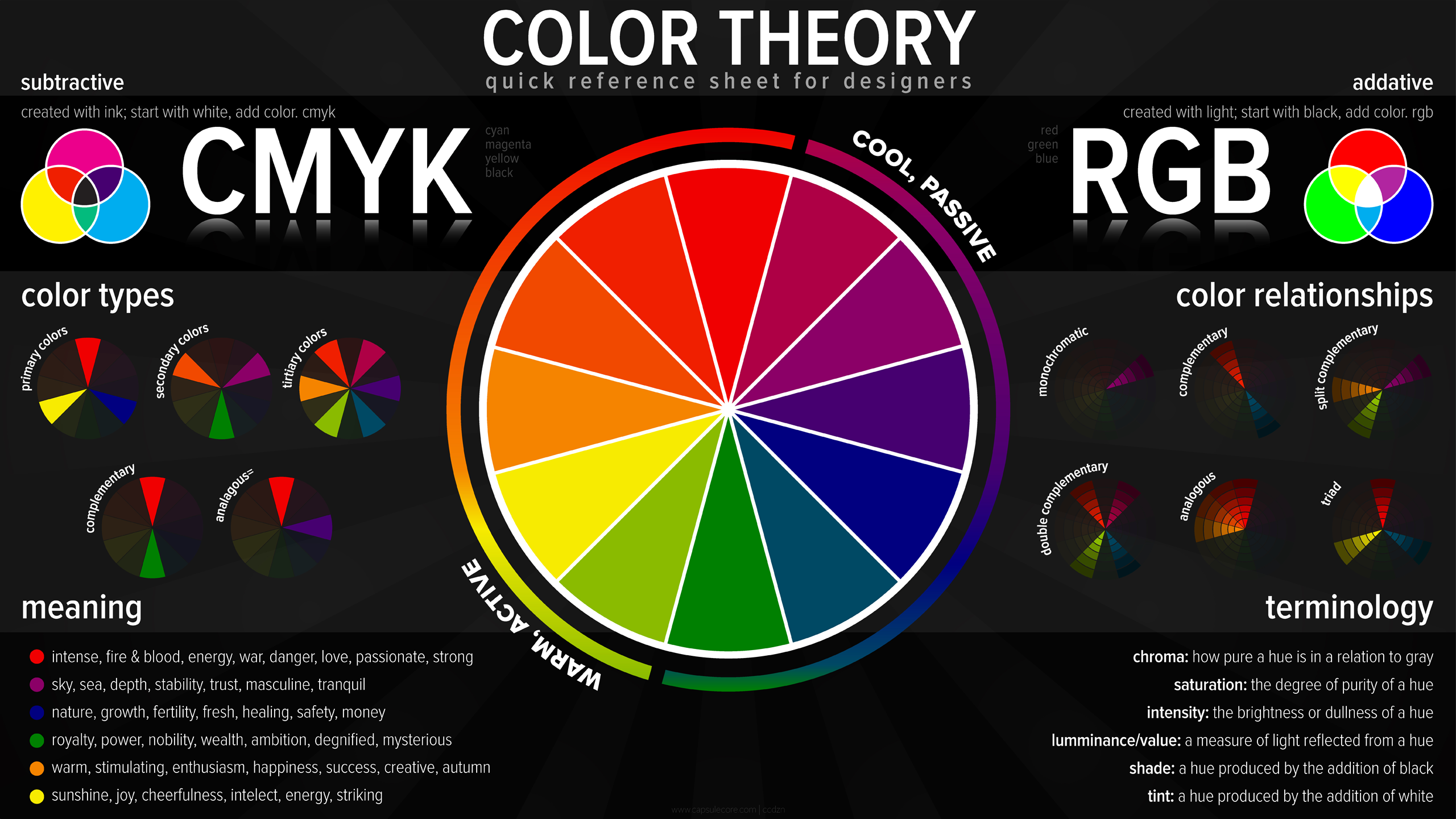

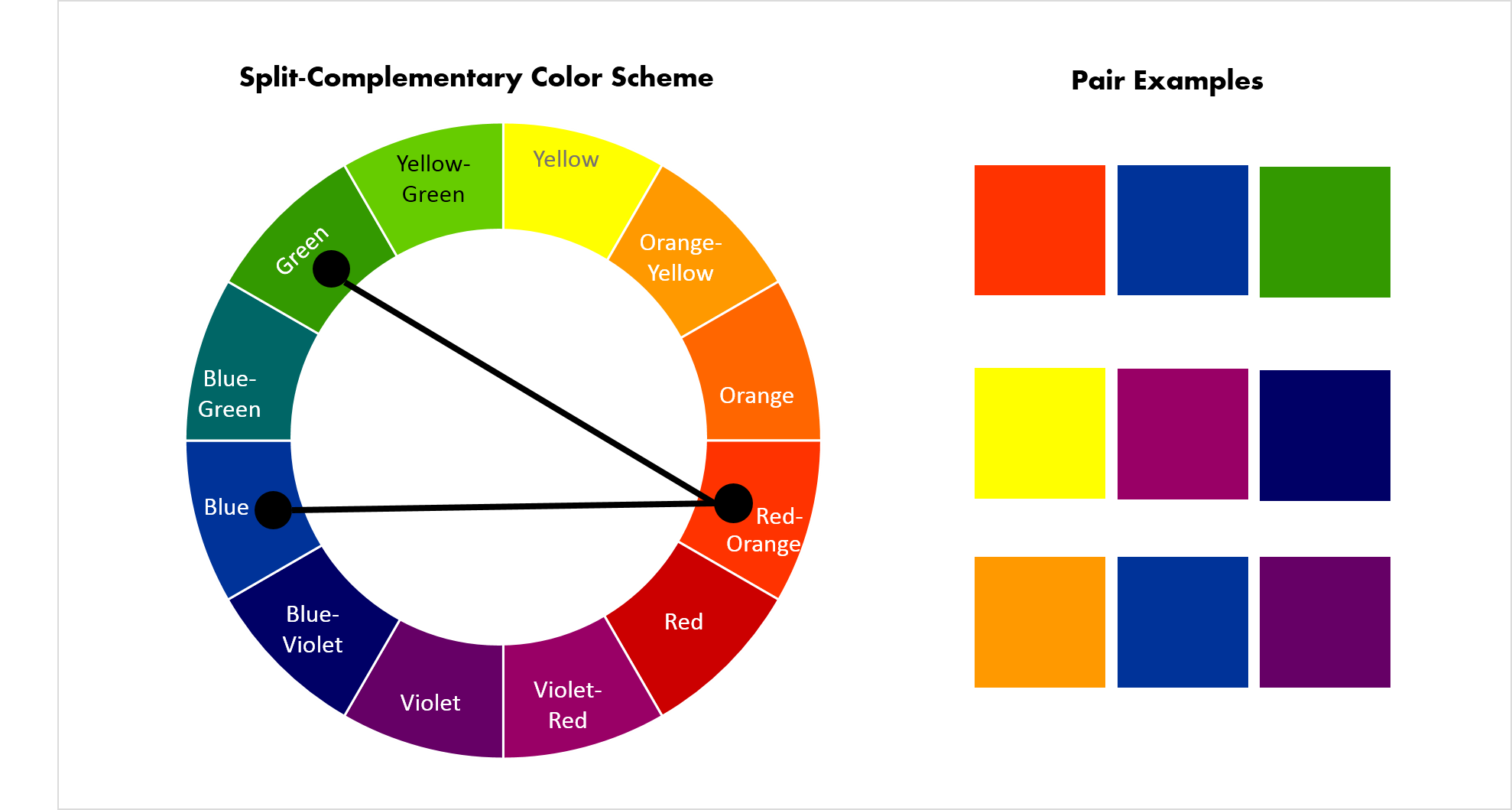




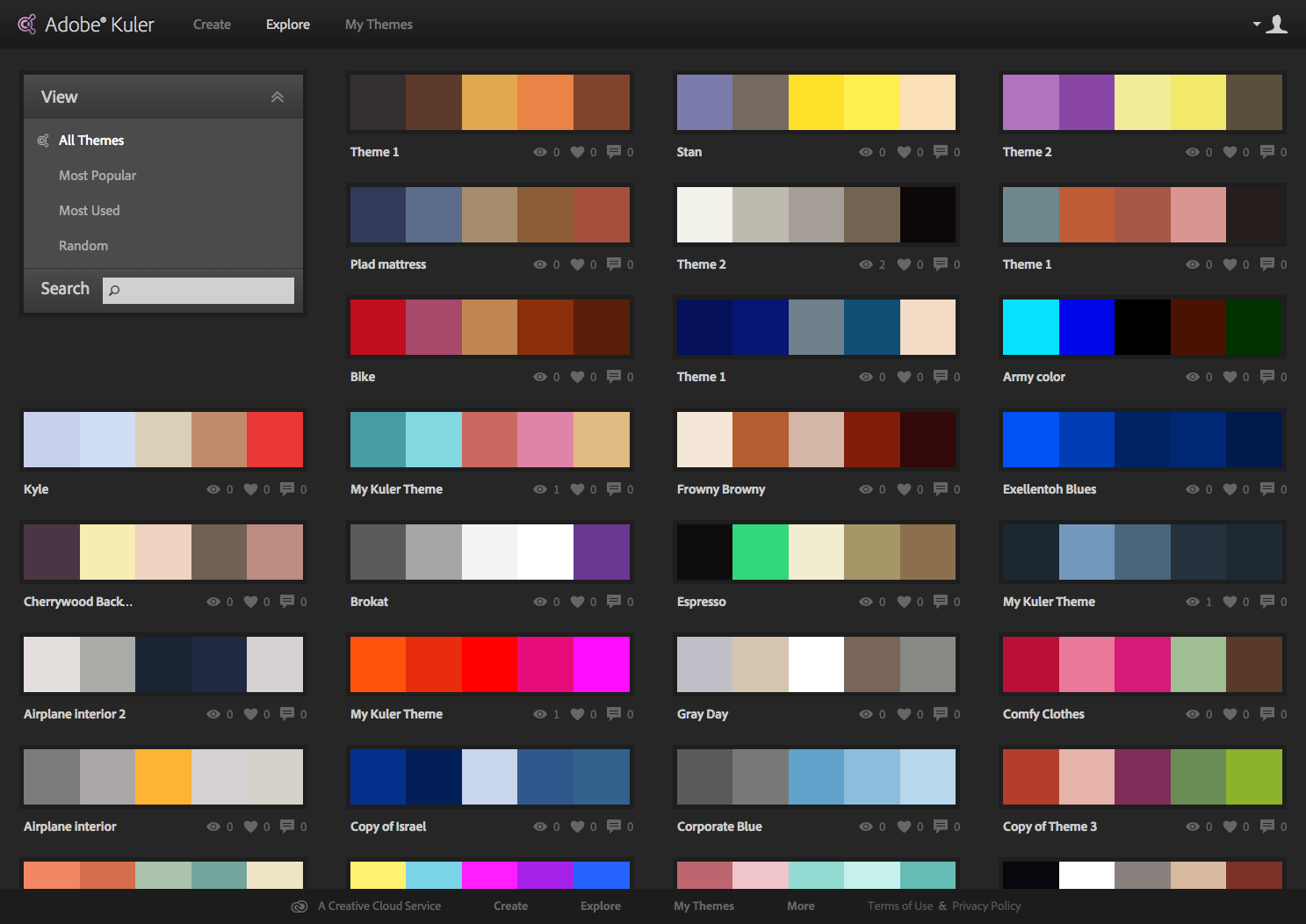

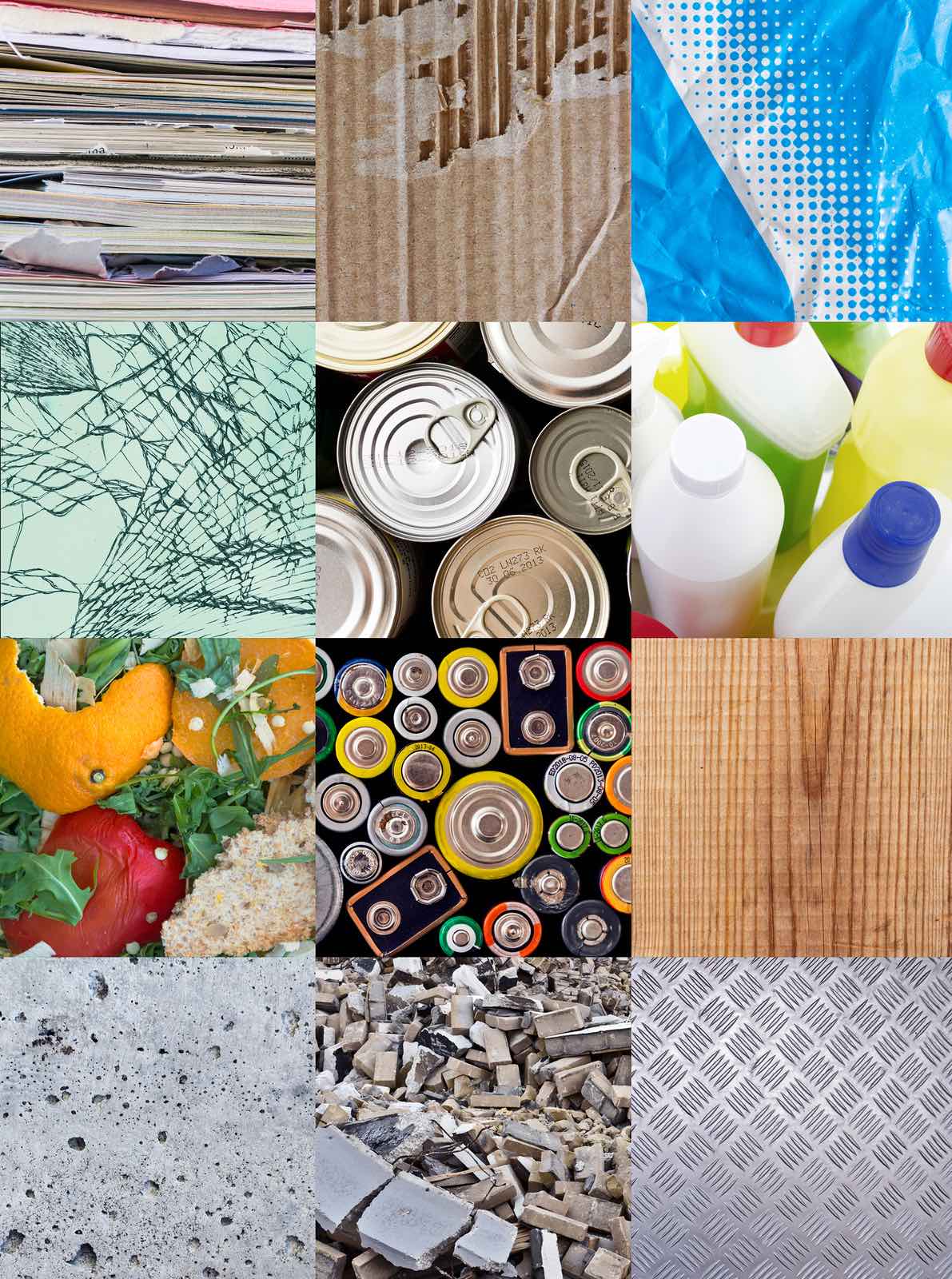


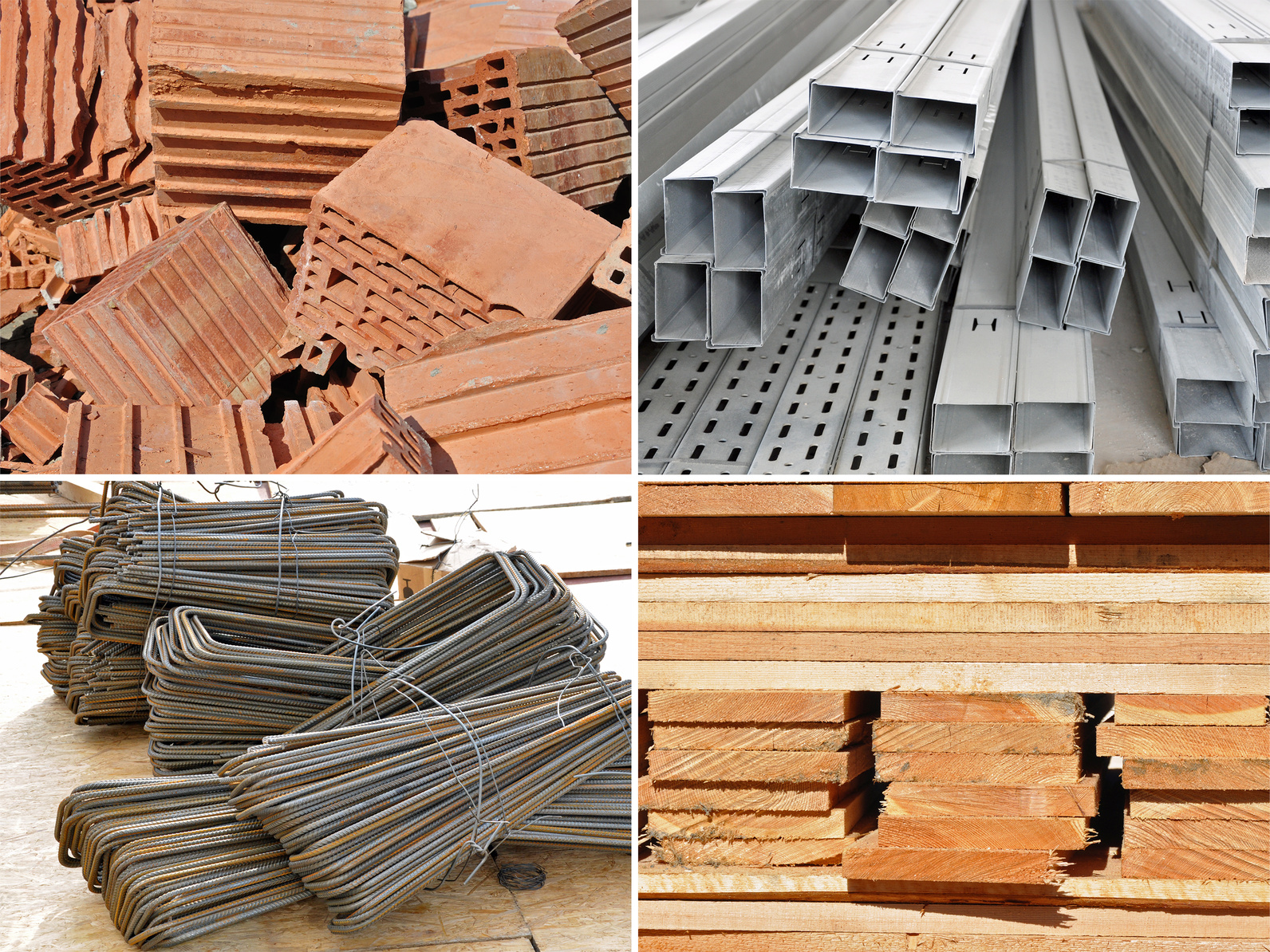












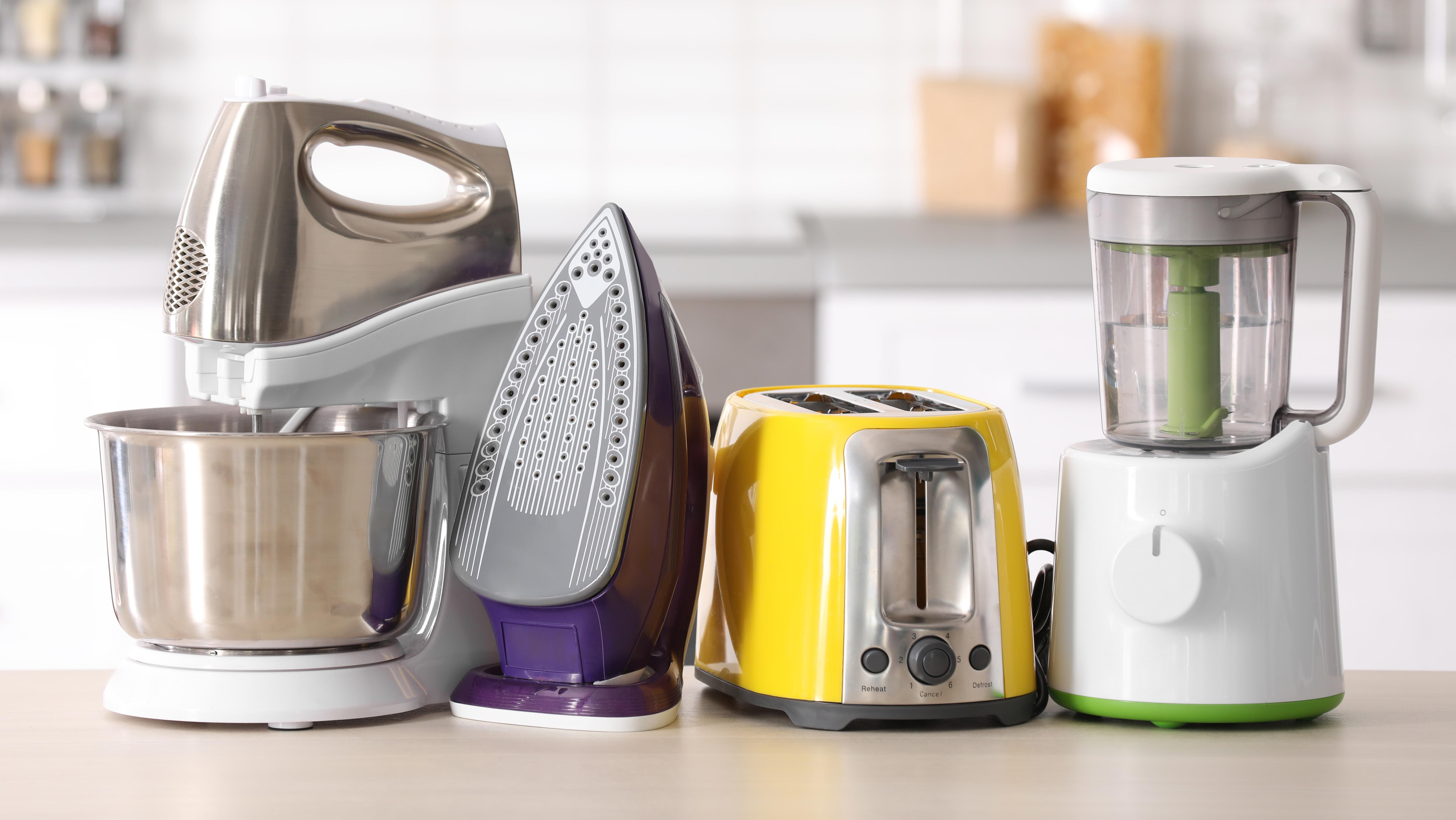
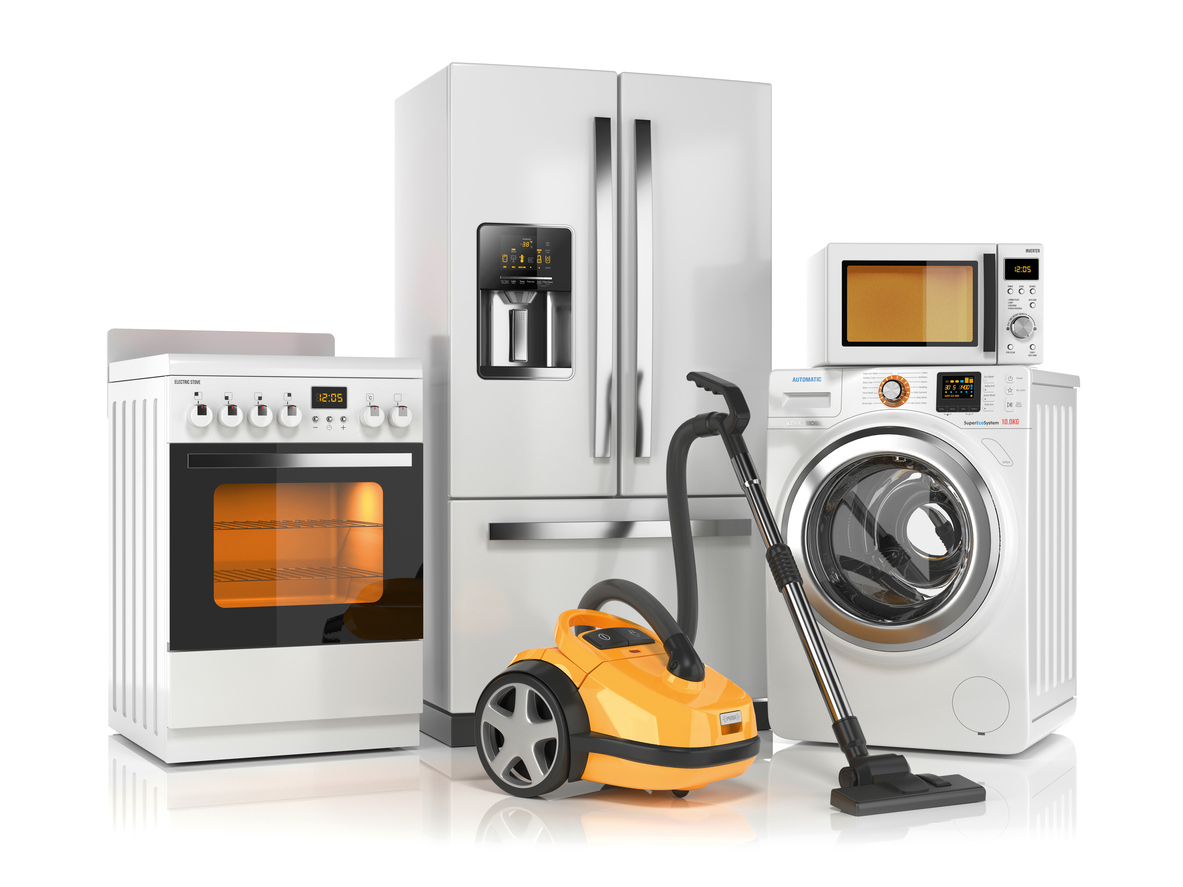
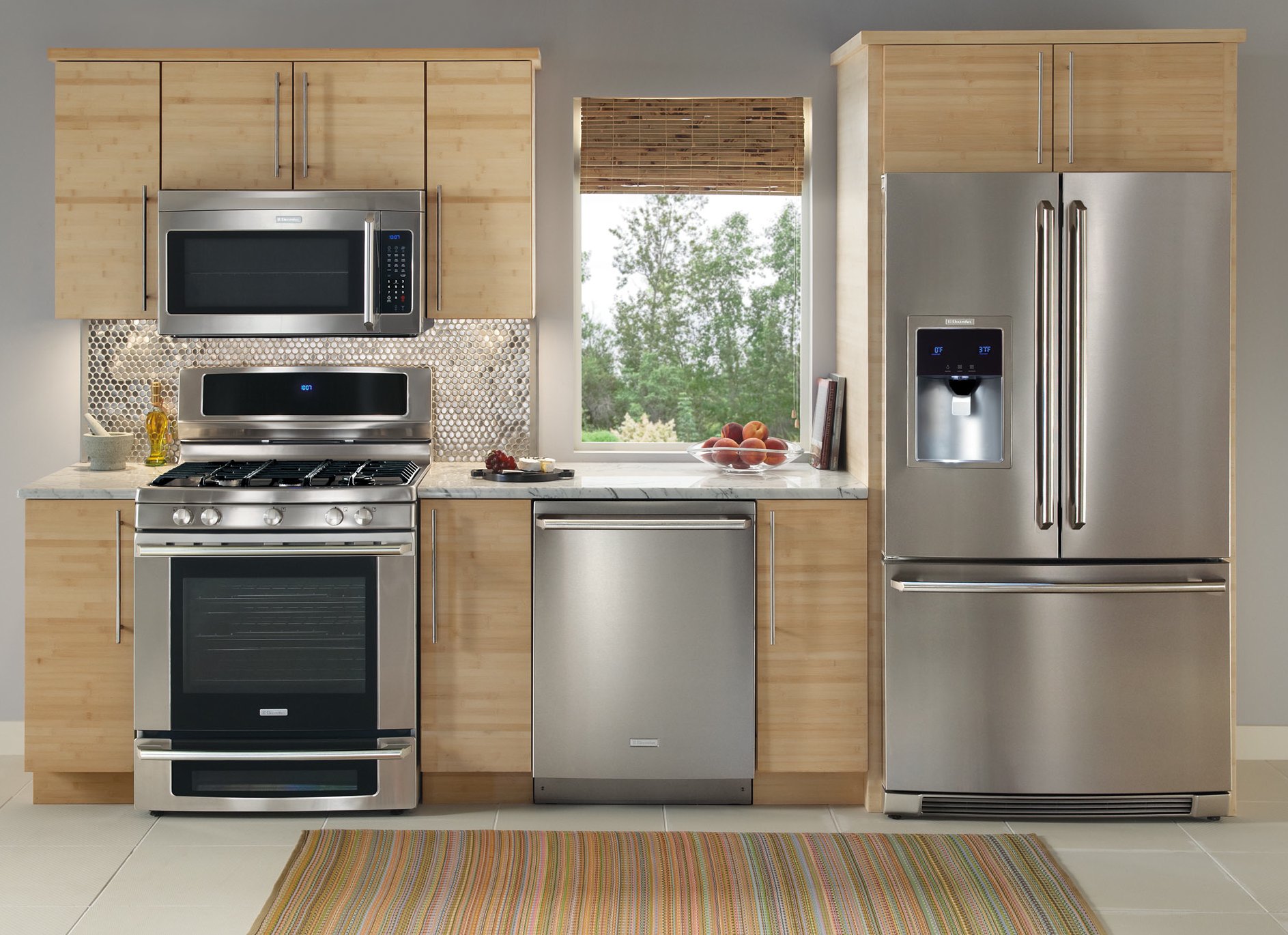

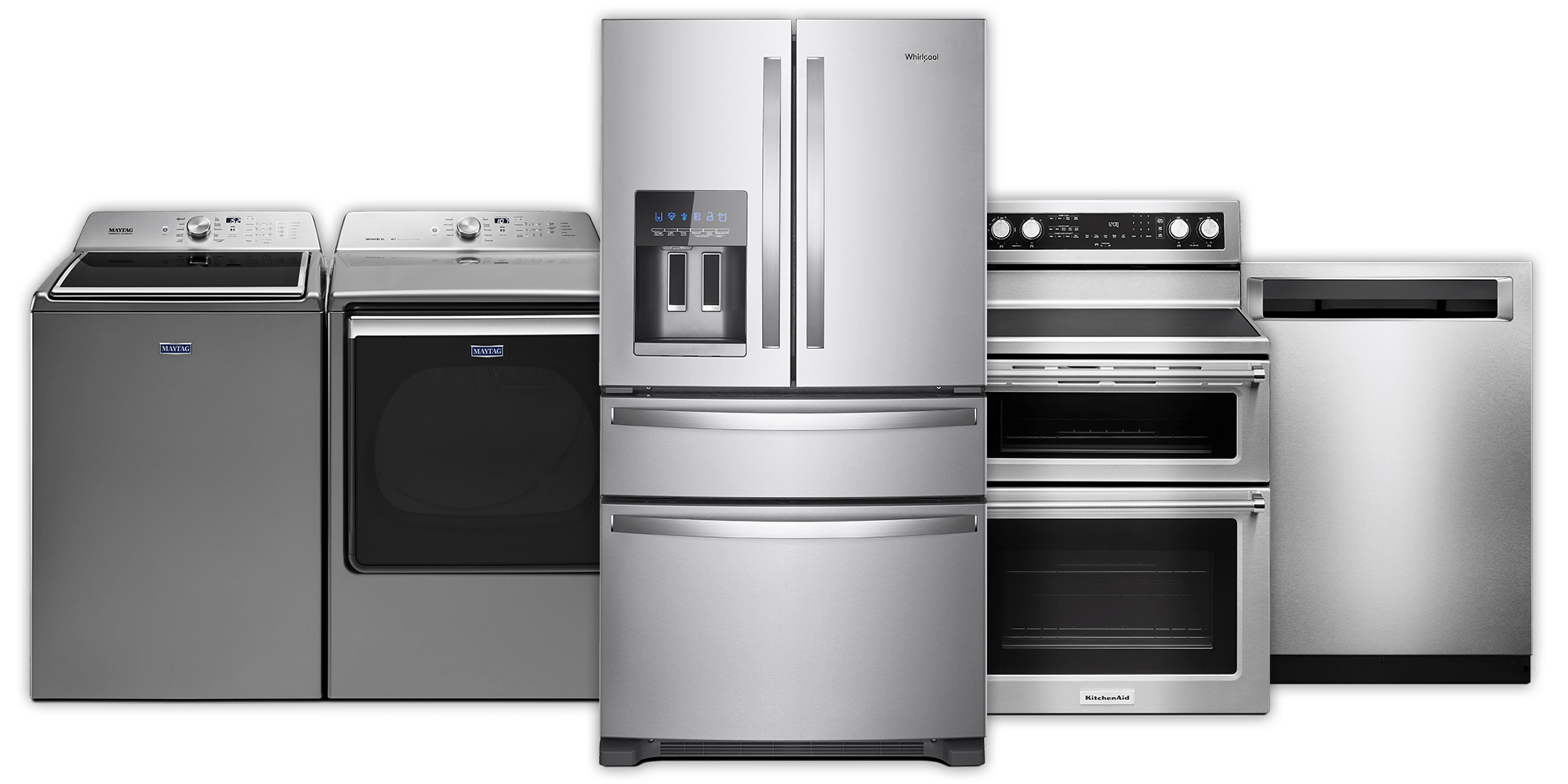
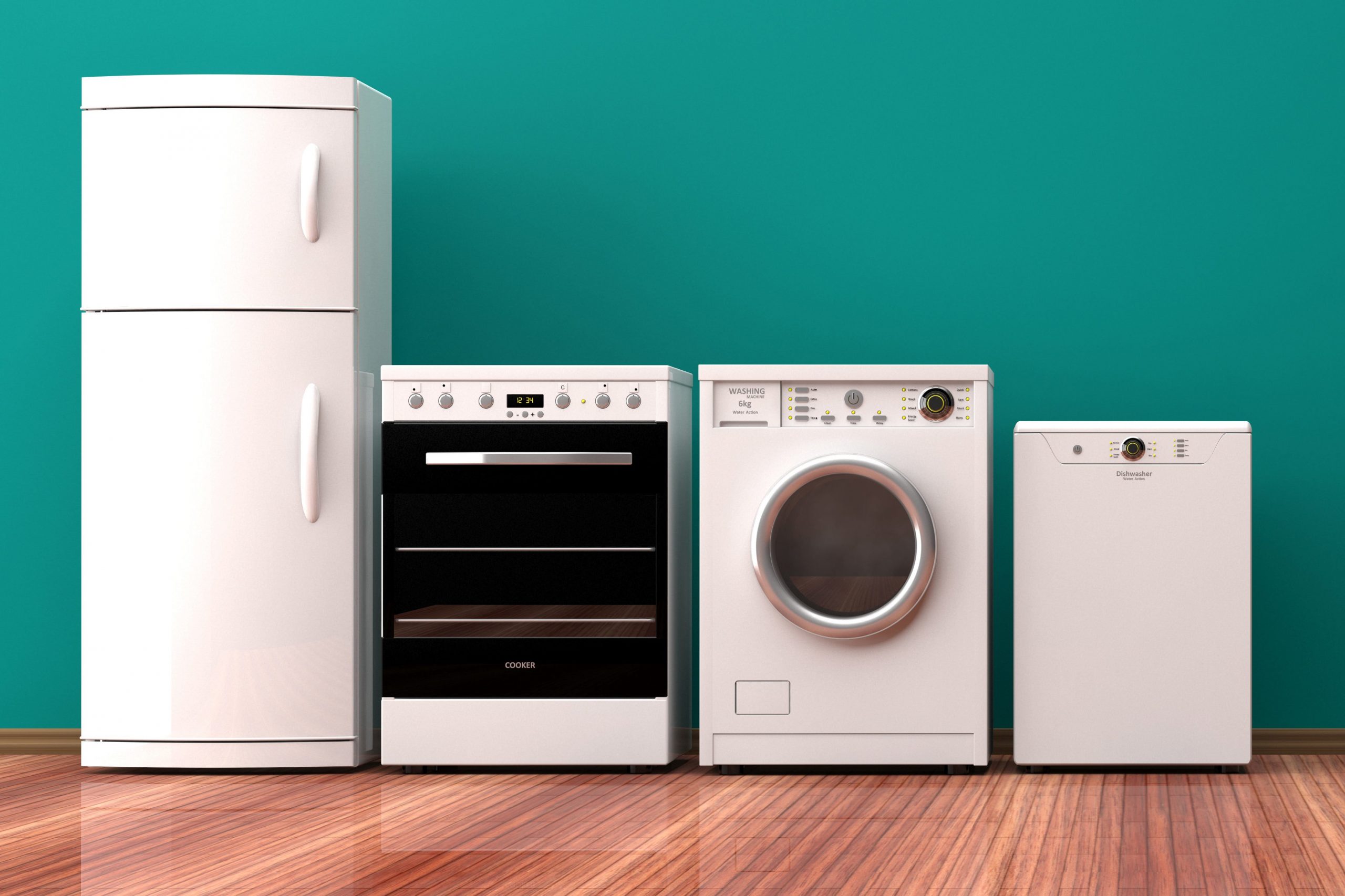
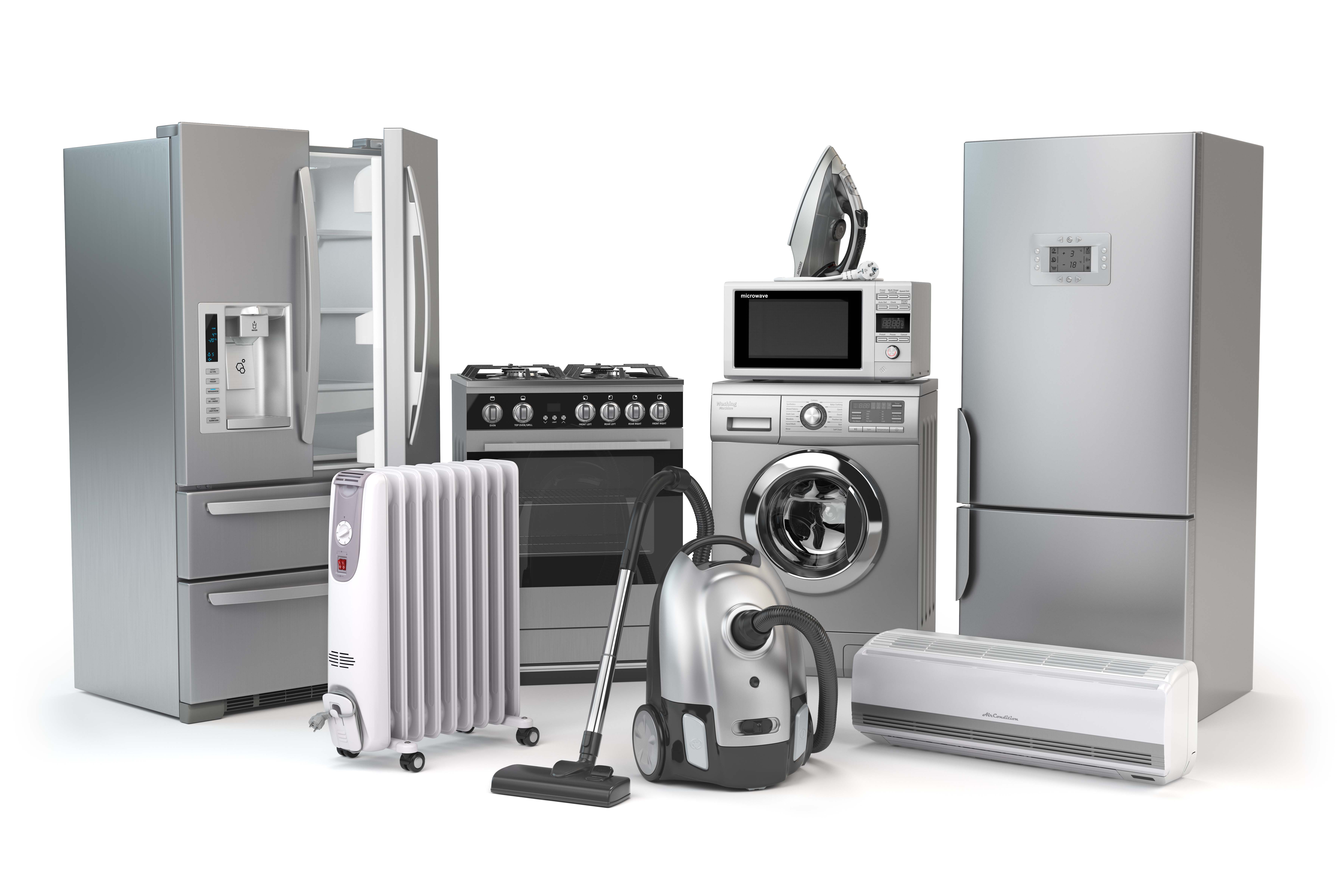
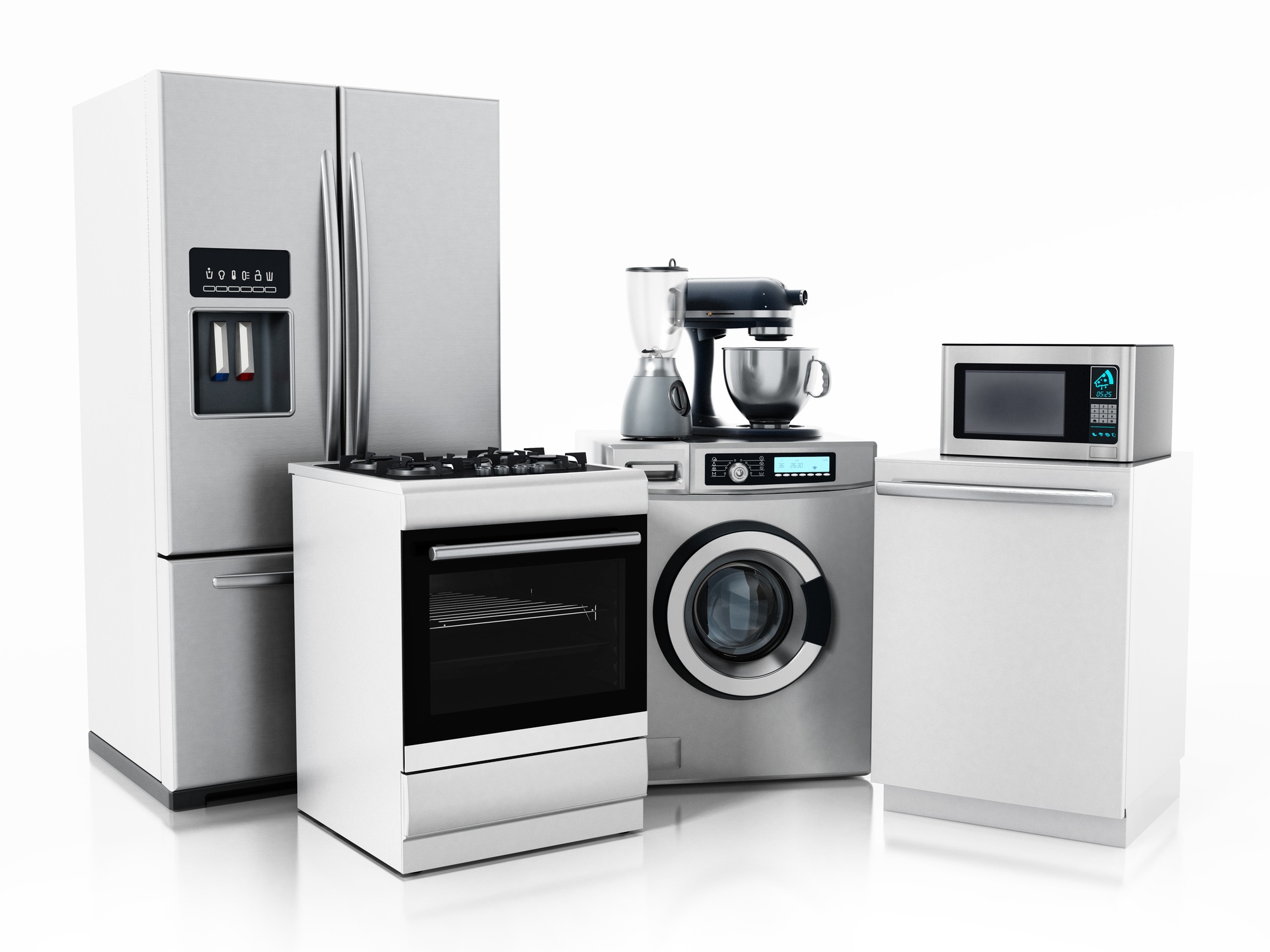



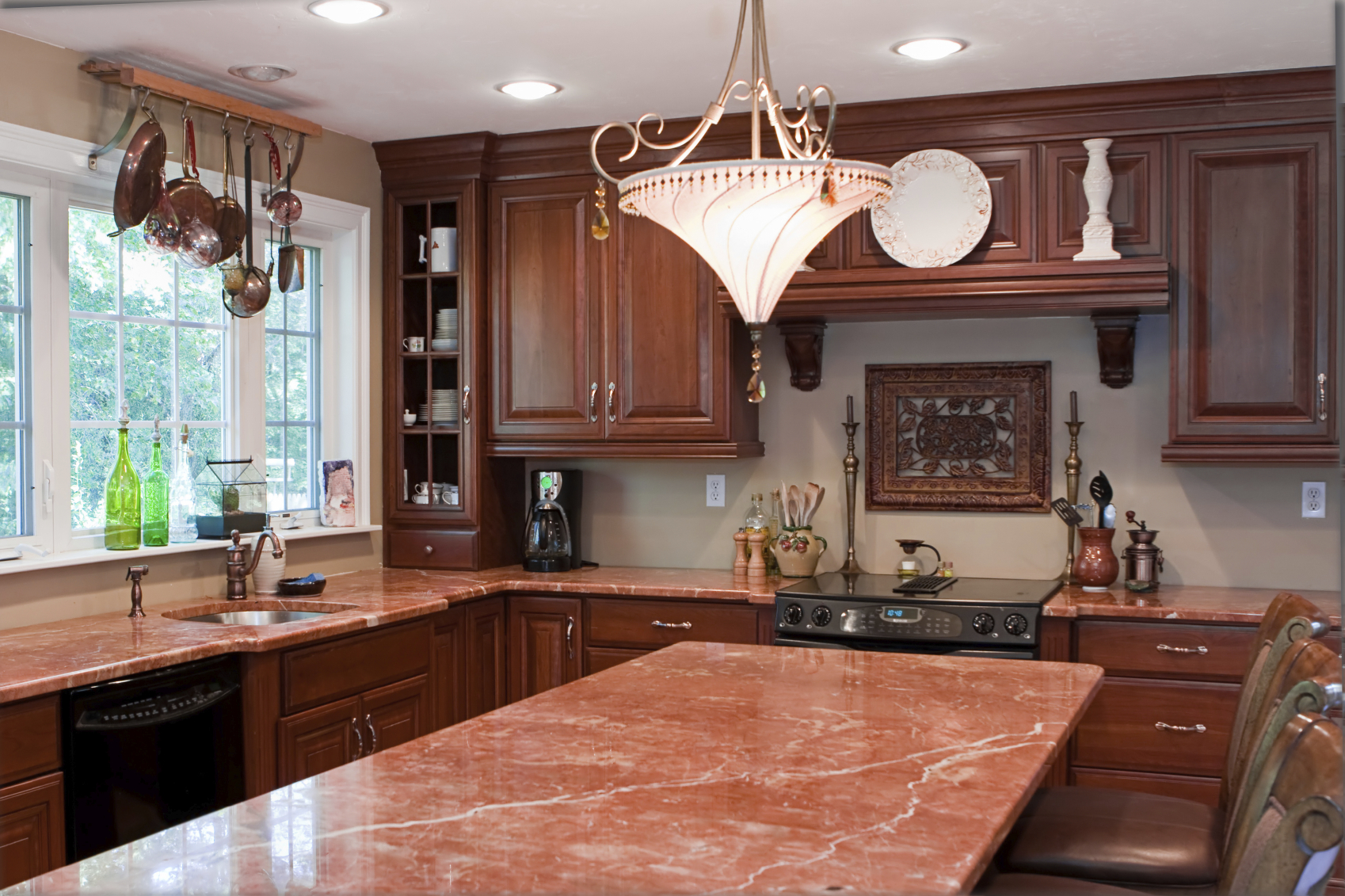

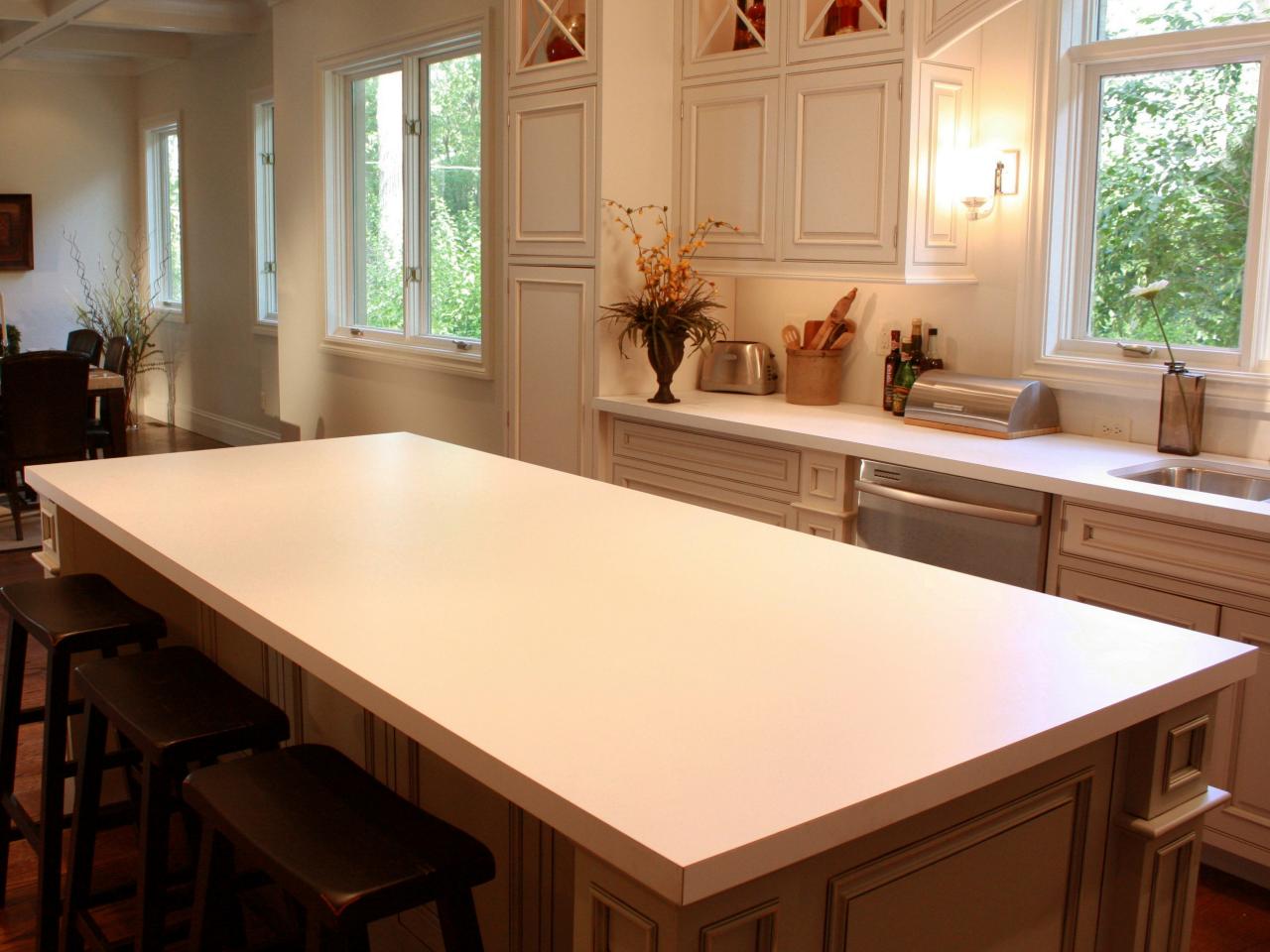
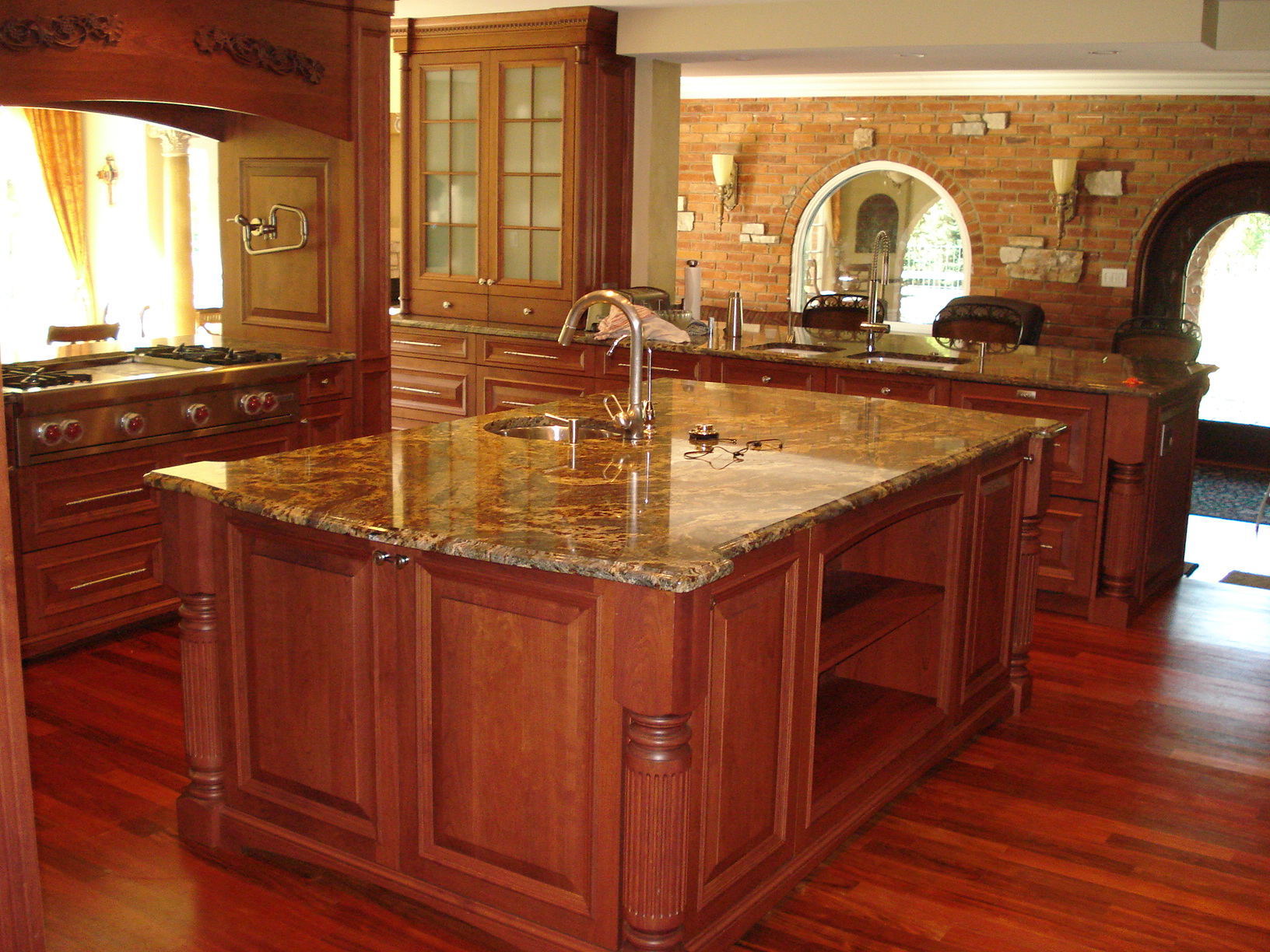
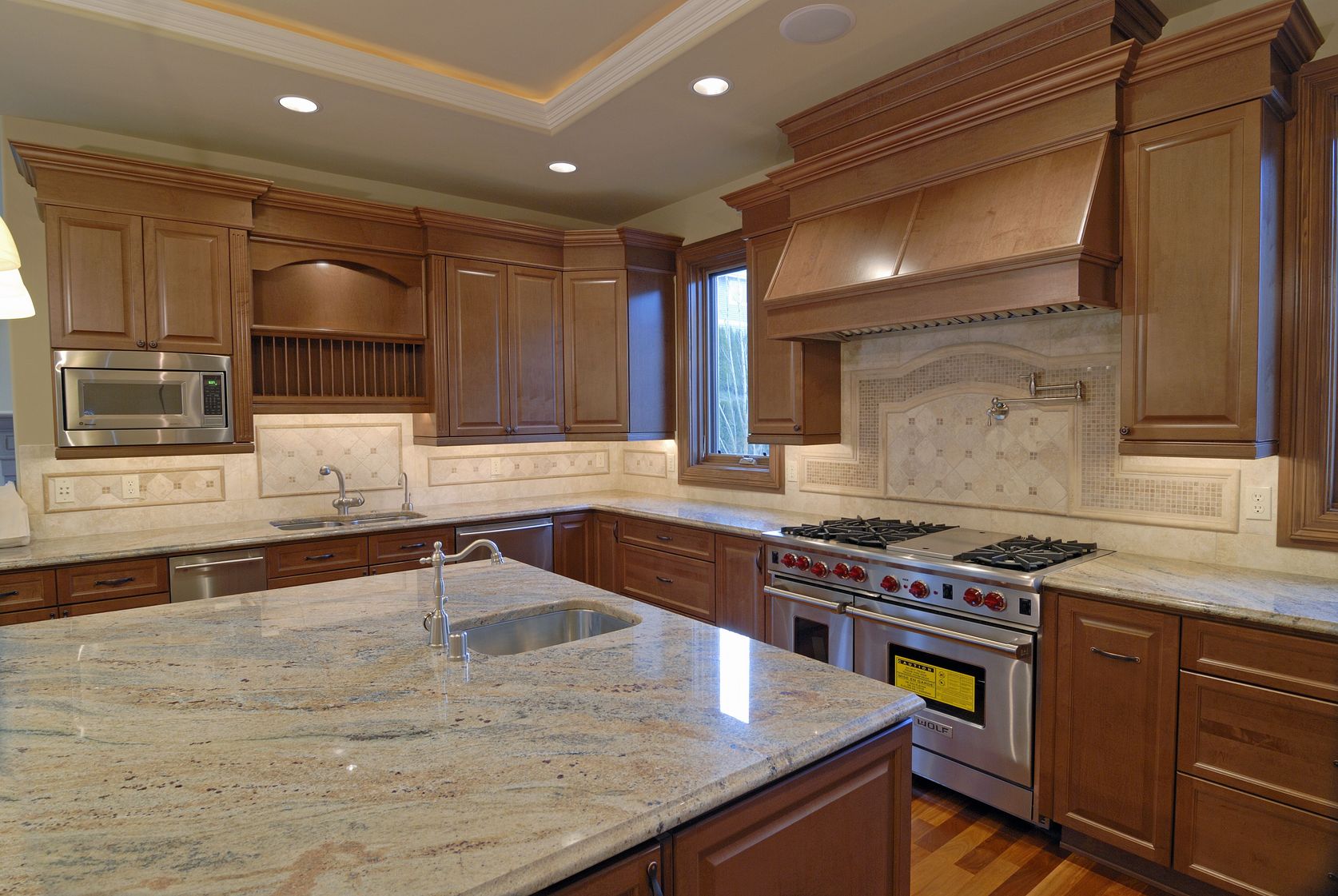
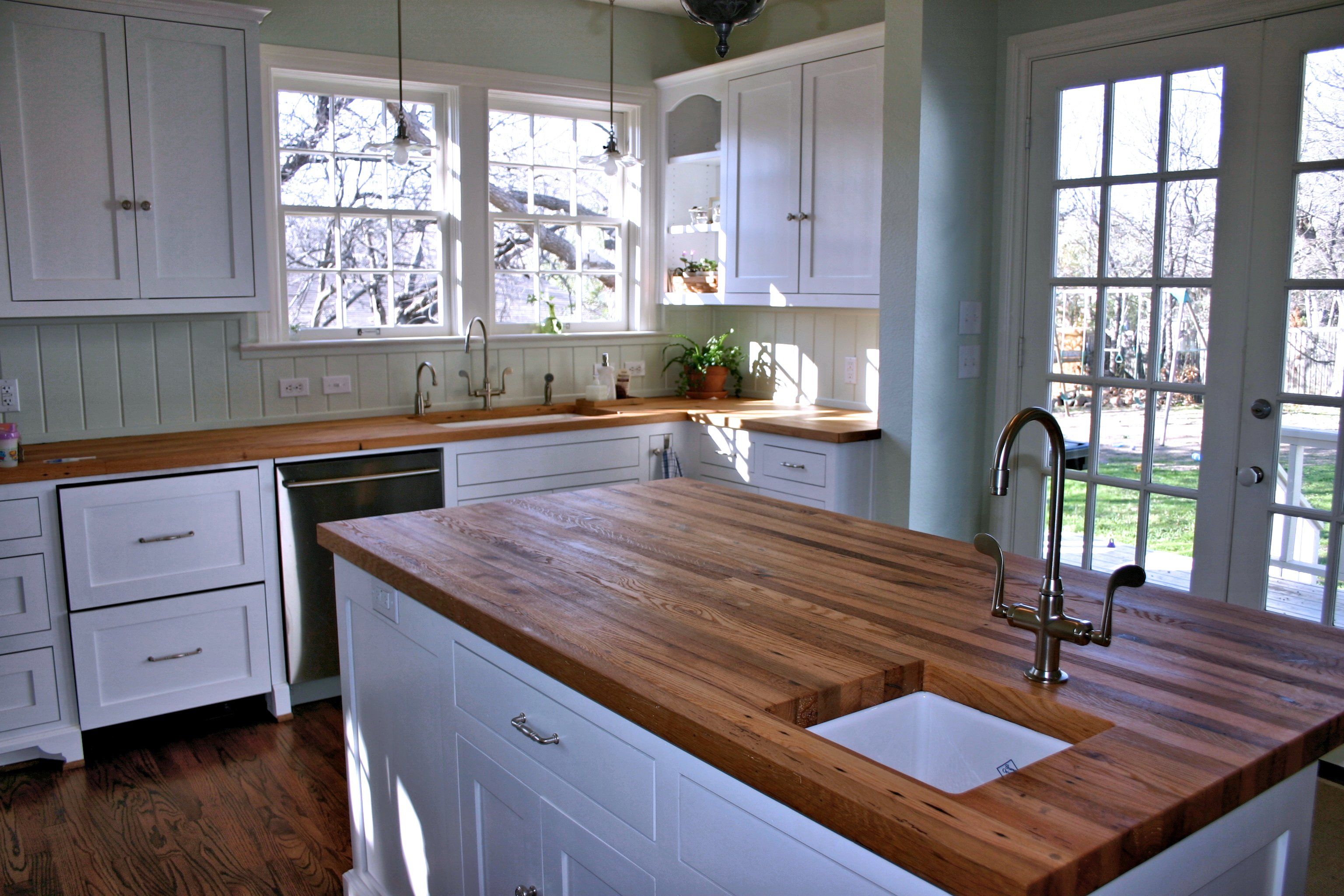
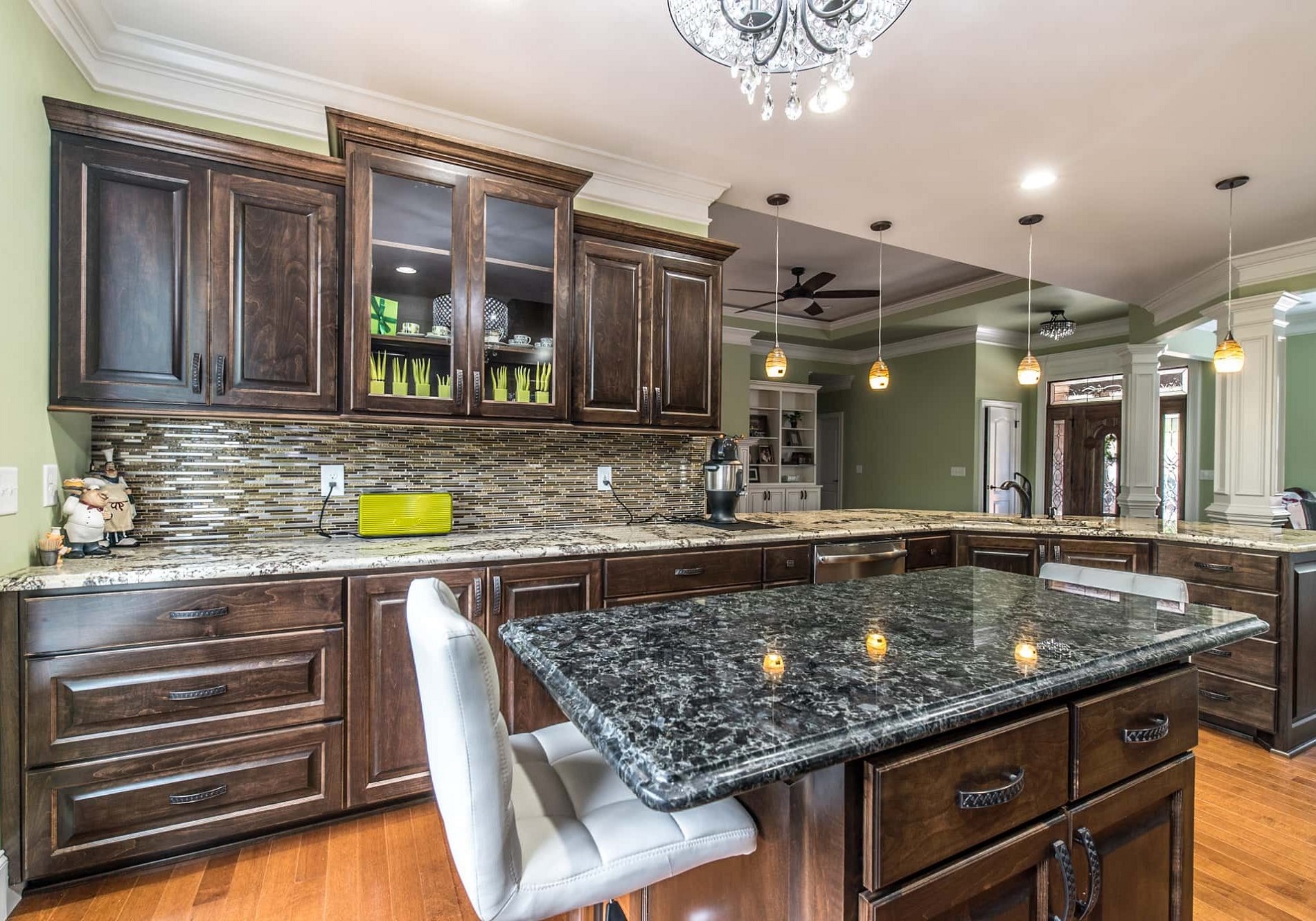



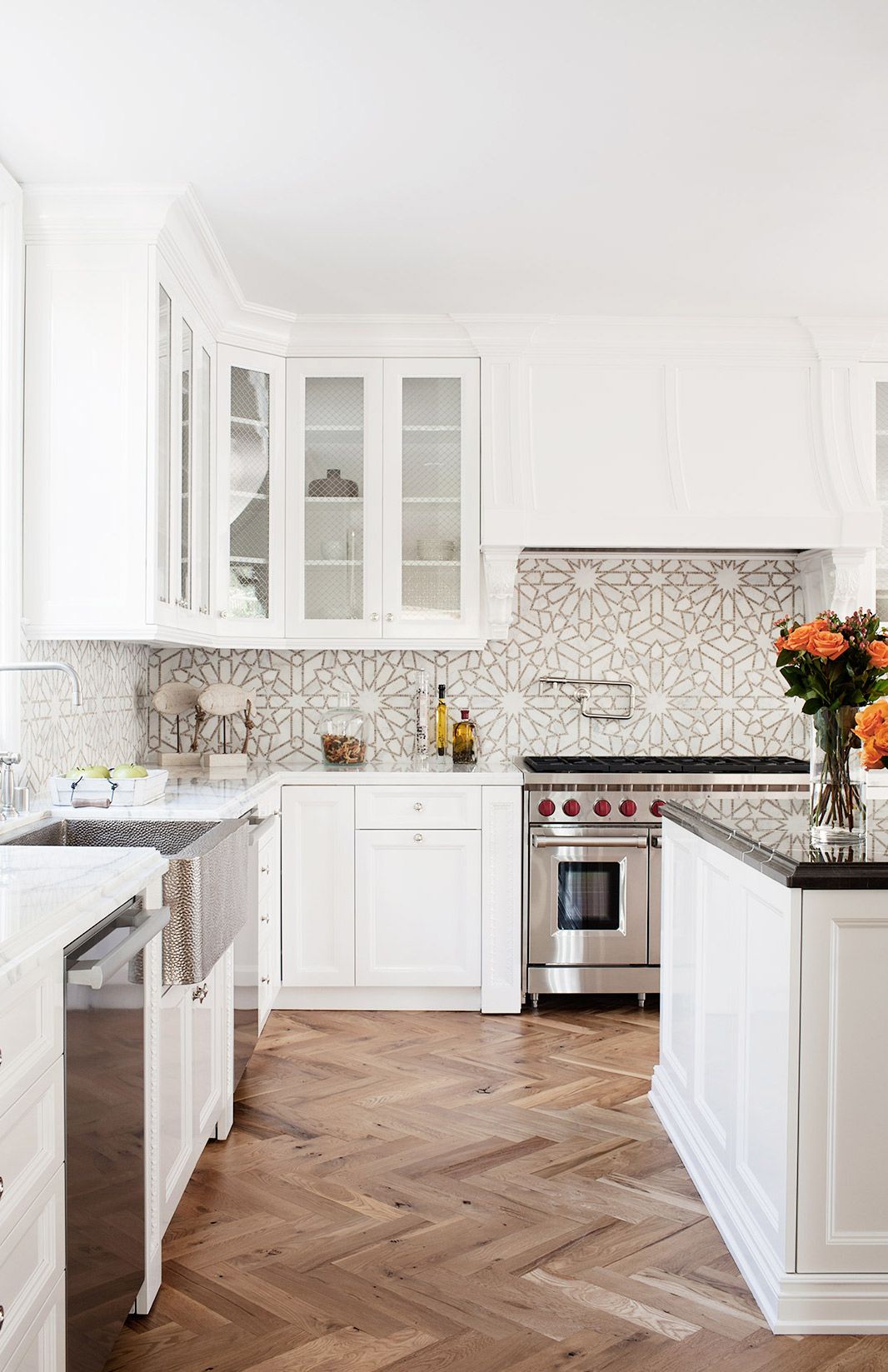

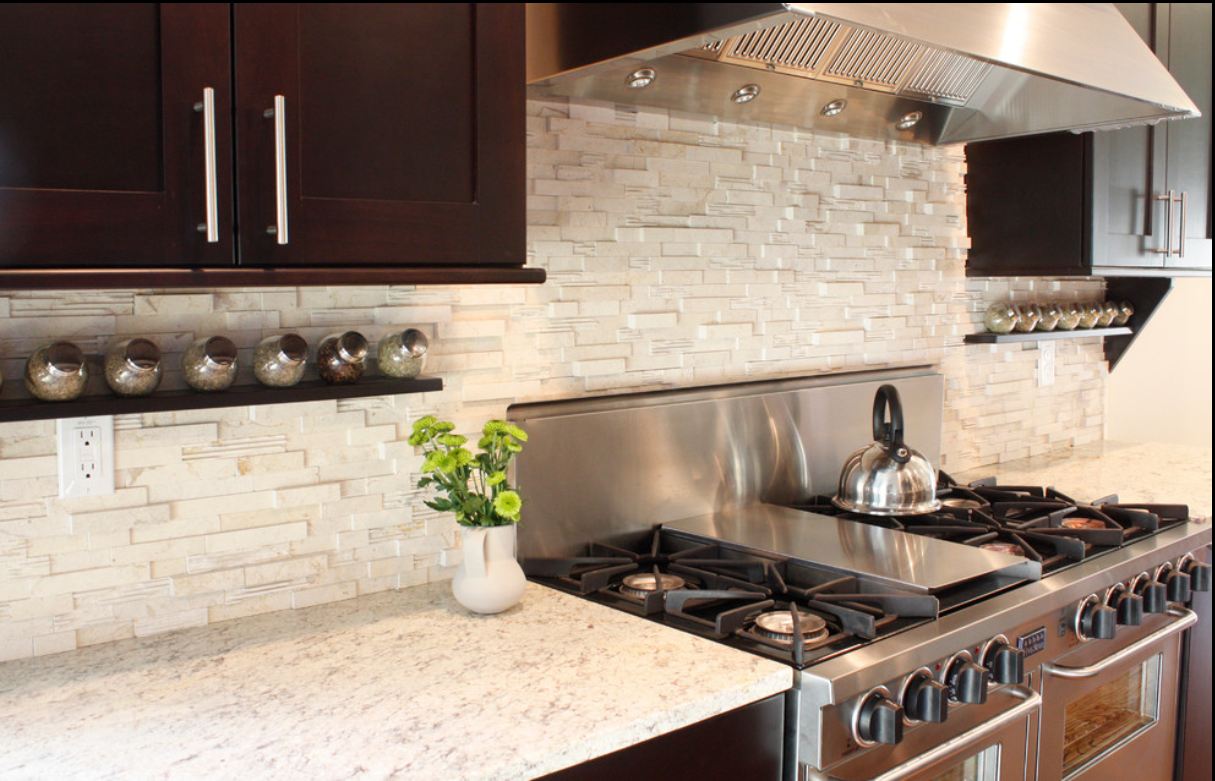
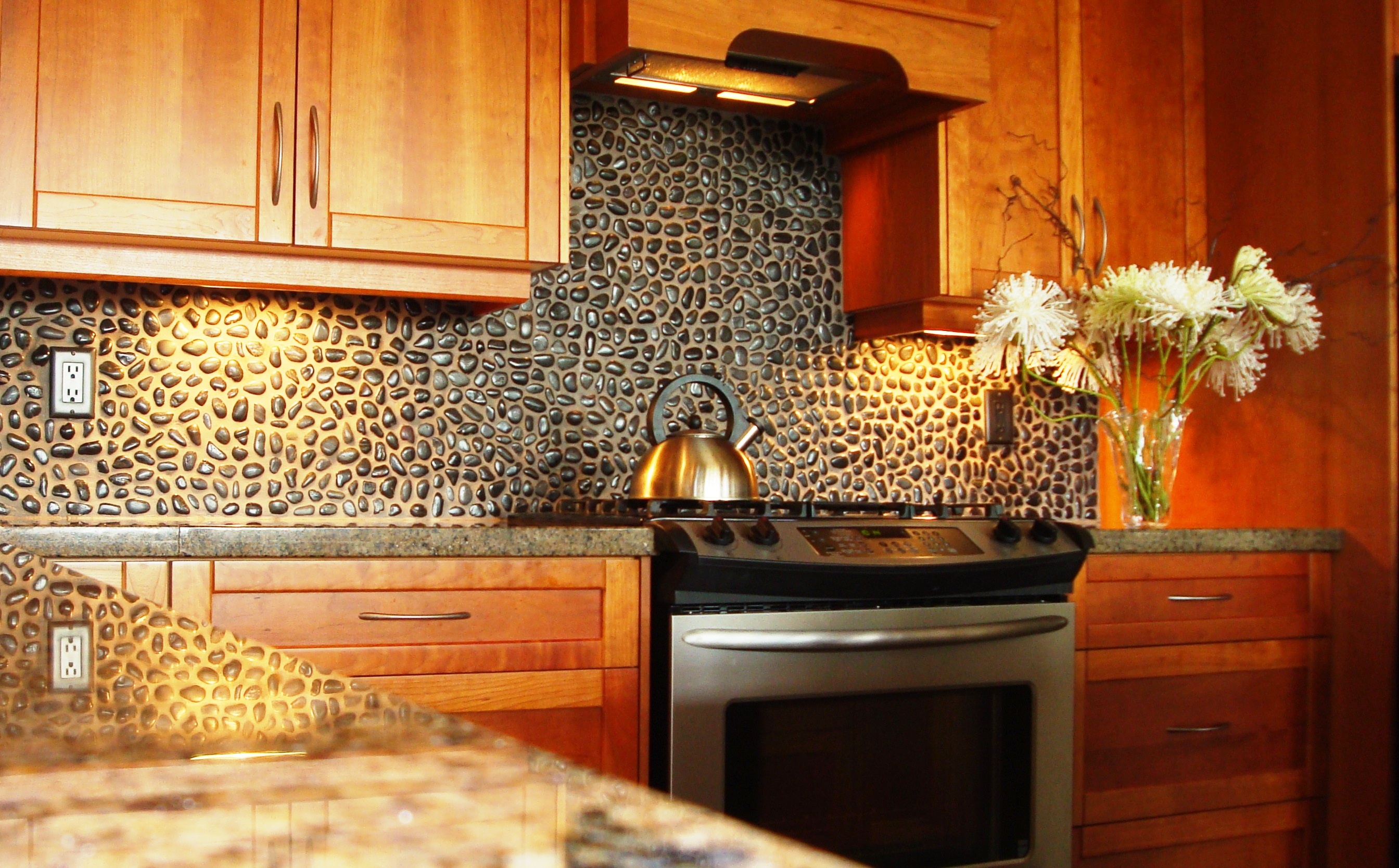
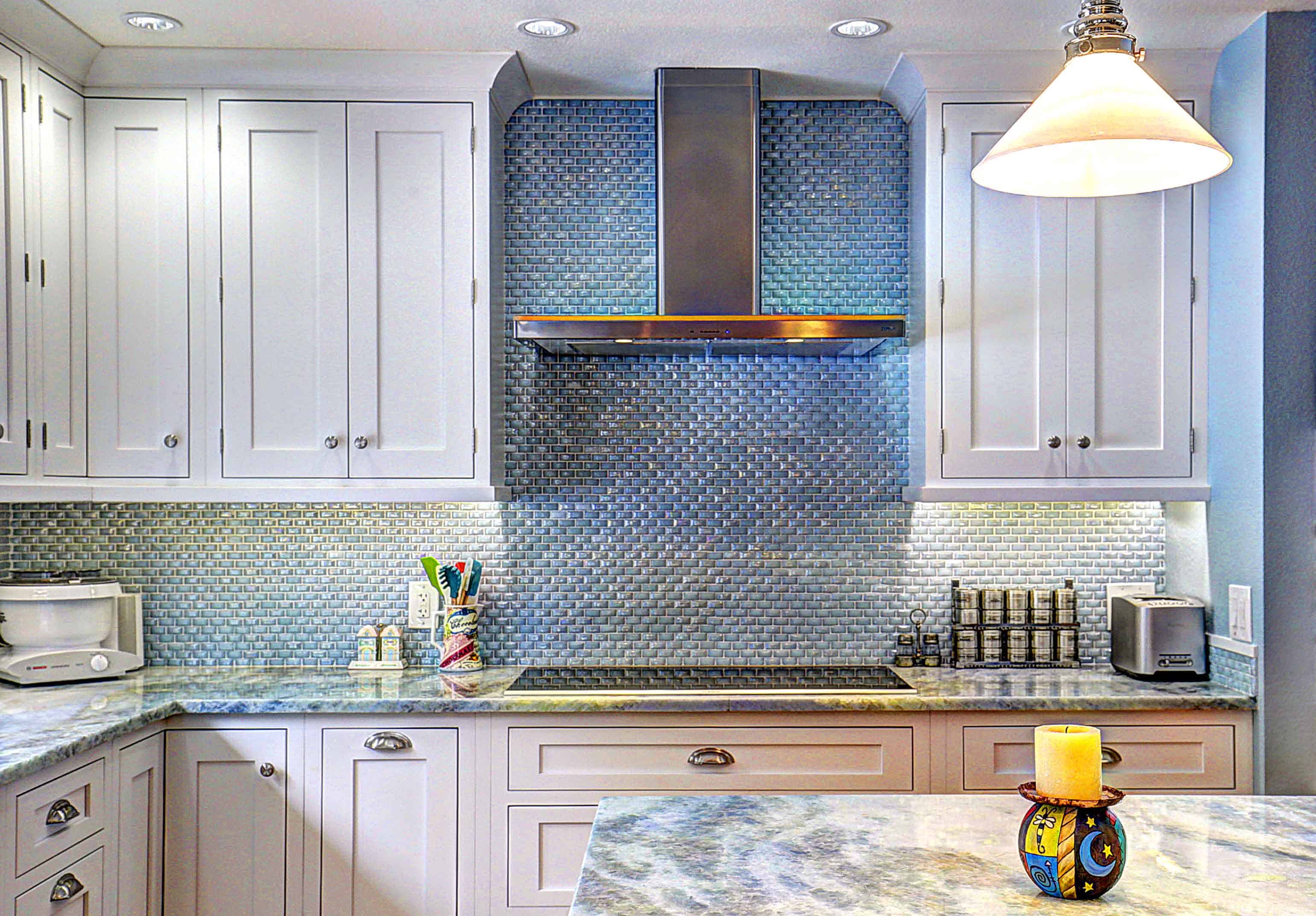
:max_bytes(150000):strip_icc()/GettyImages-113860134-5a04b6efb39d03003718c8a8.jpg)

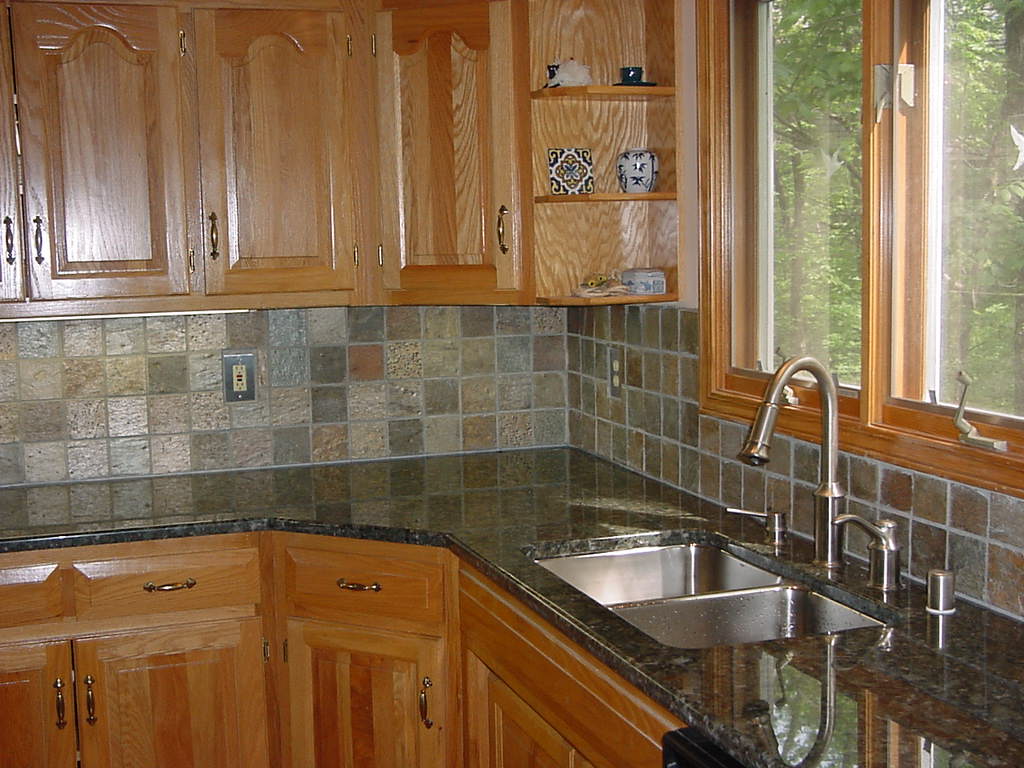
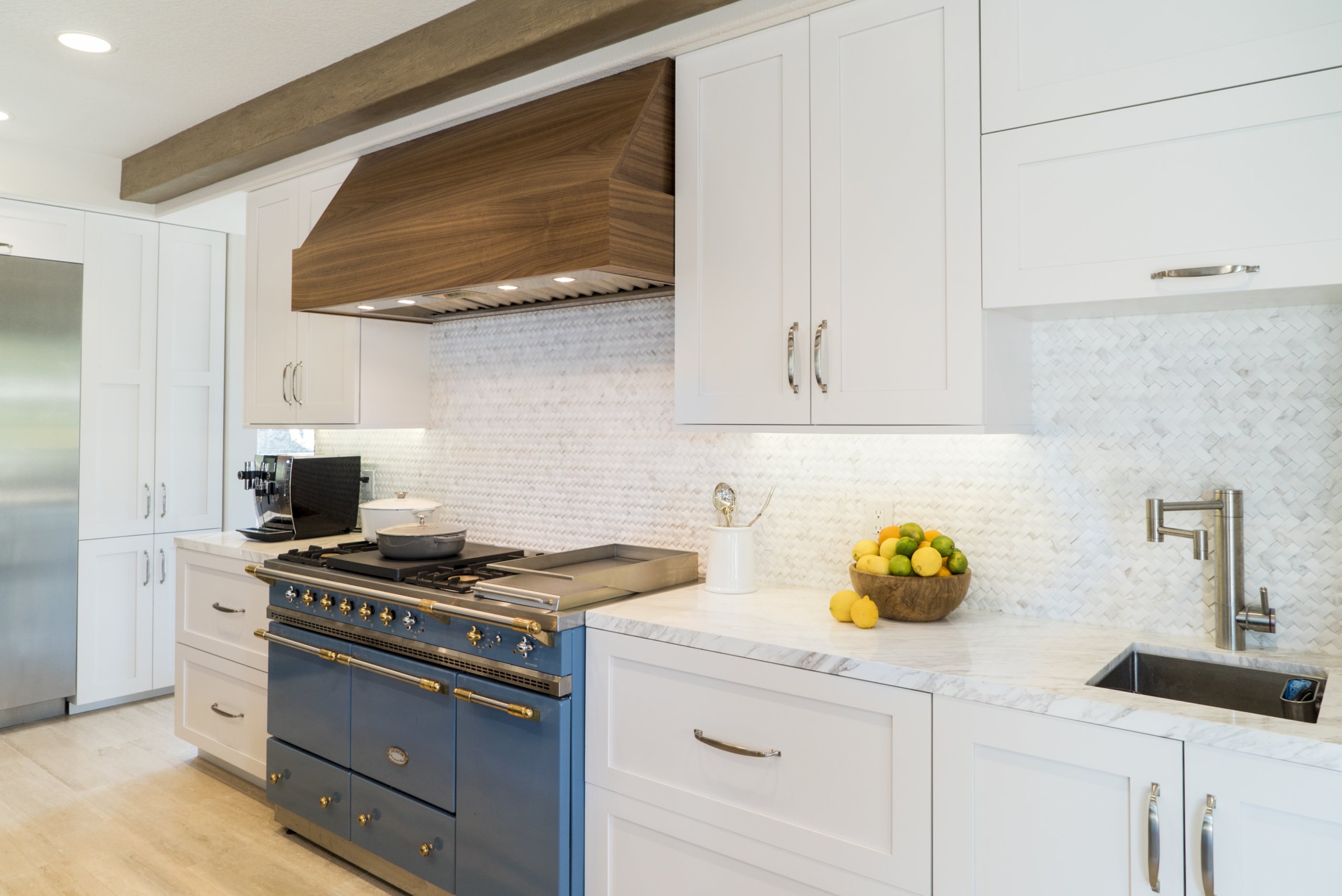

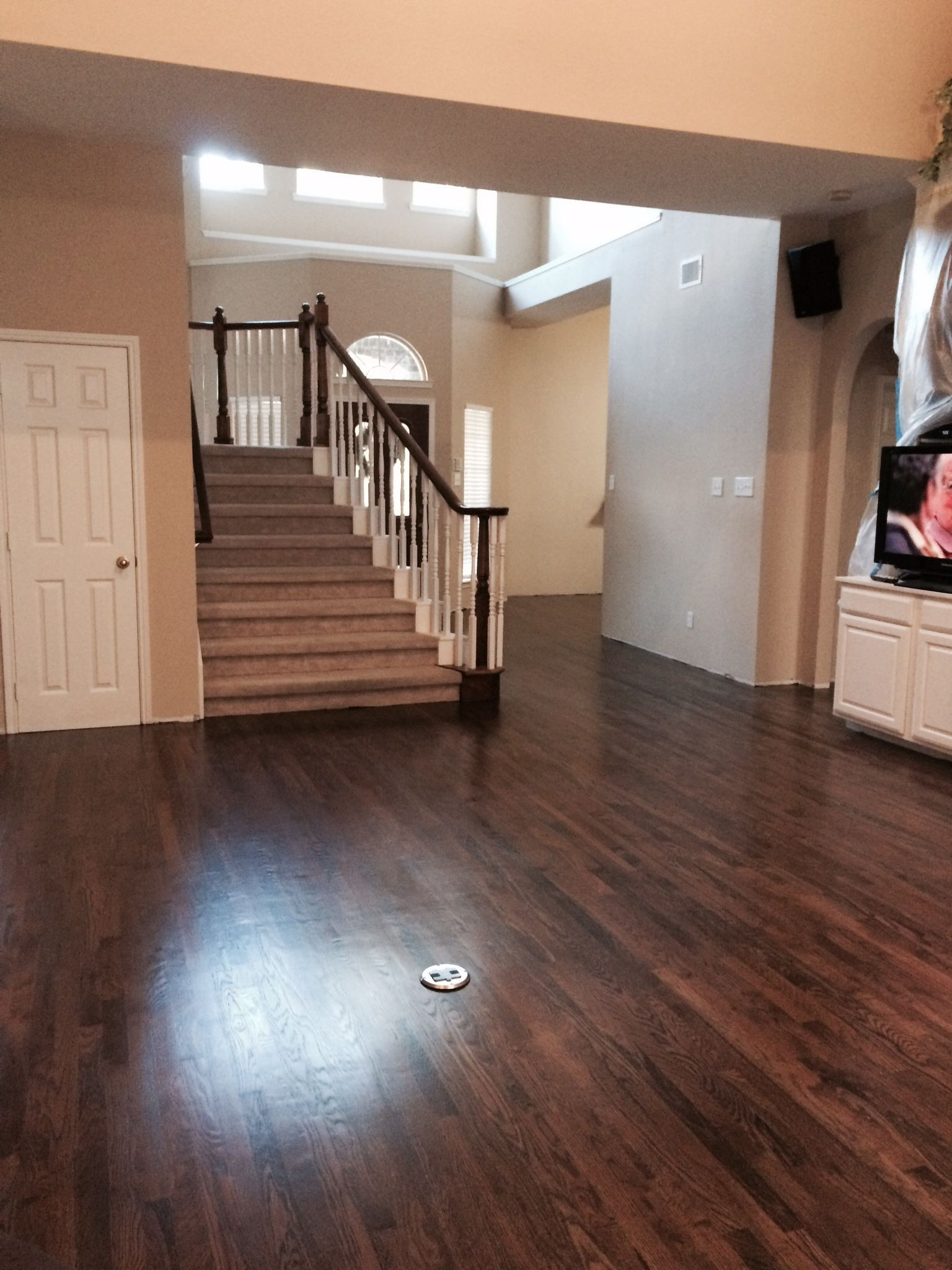


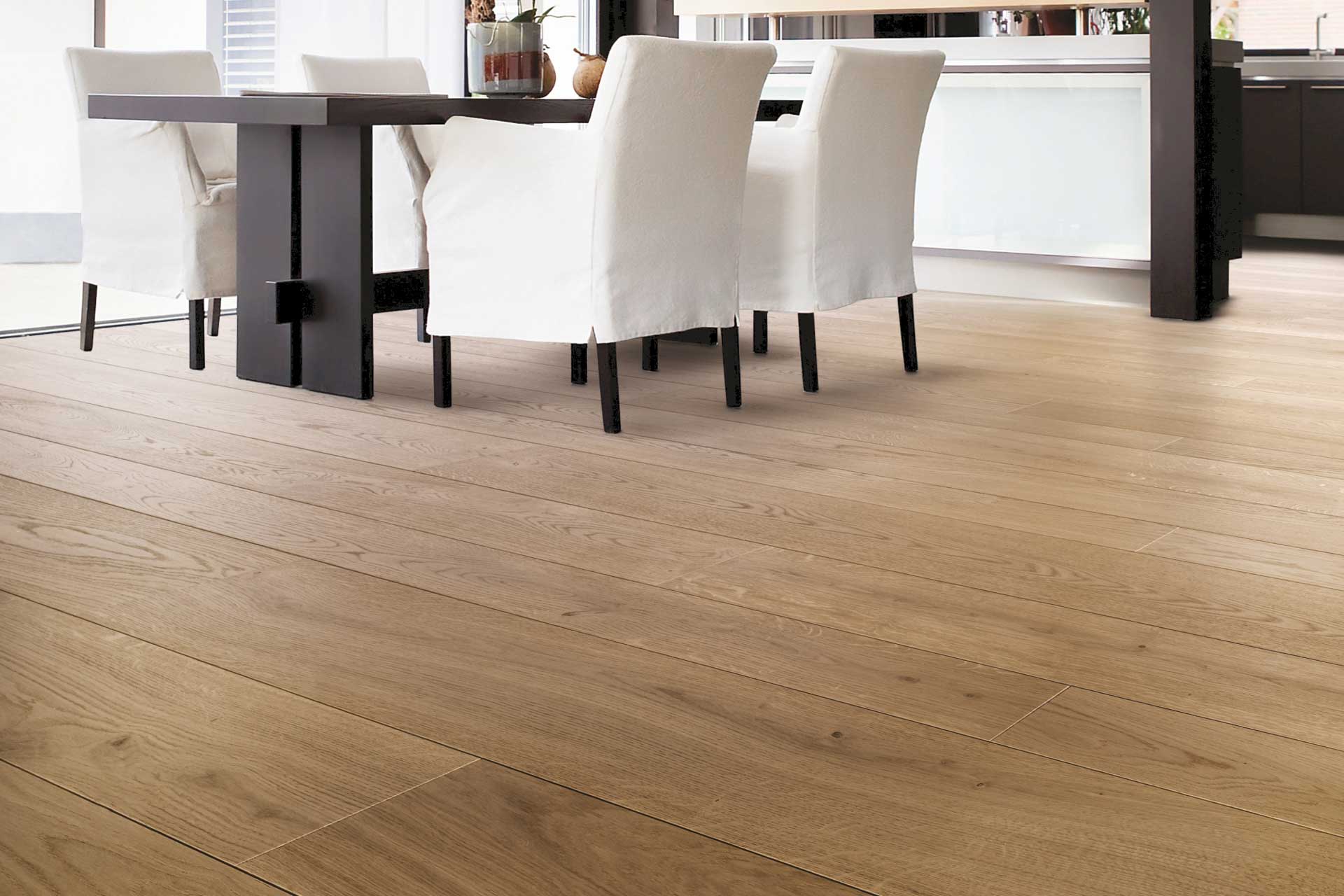
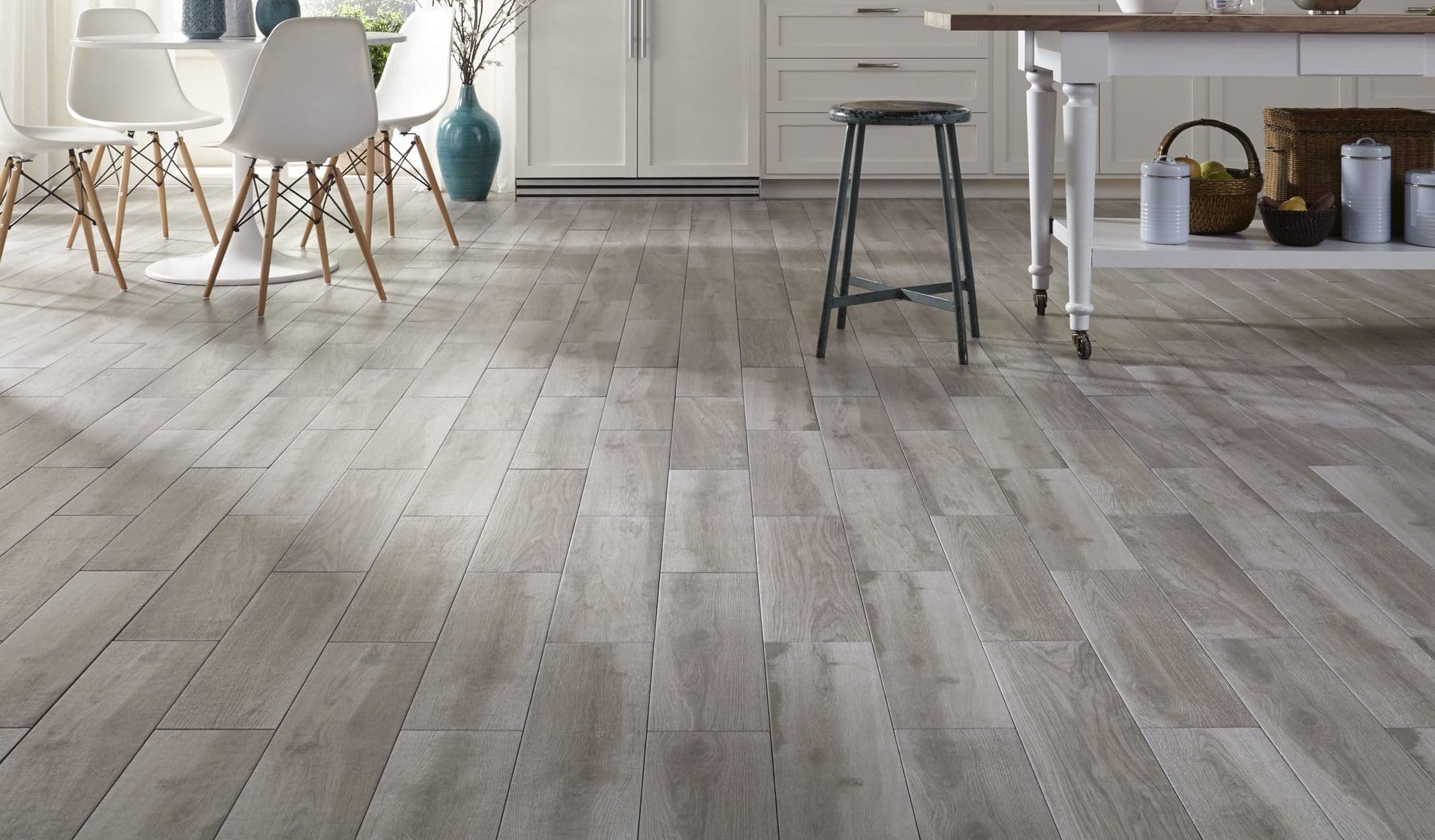

/installing-hardwood-floor-170040982-582b748c5f9b58d5b17d0c58.jpg)
